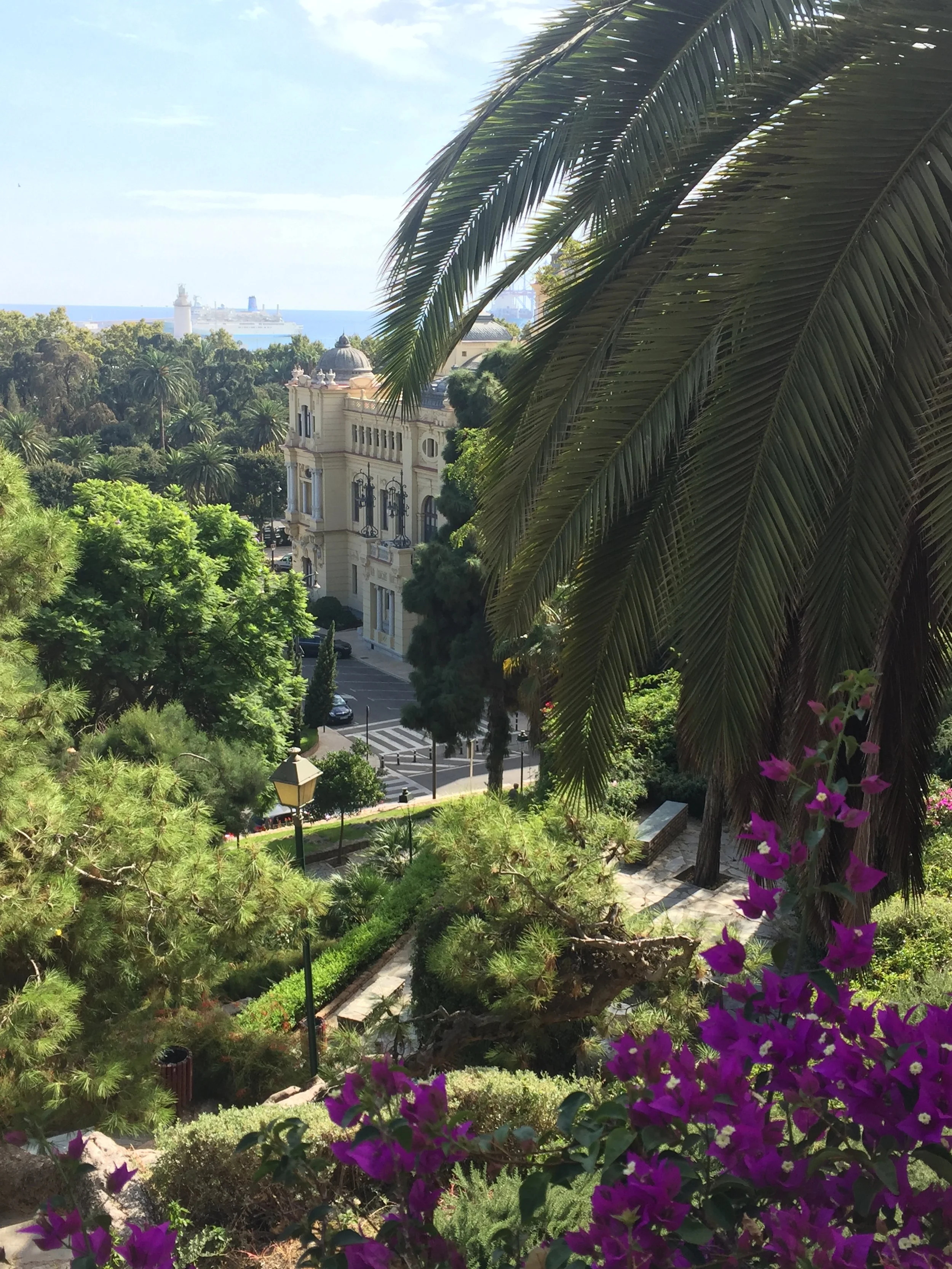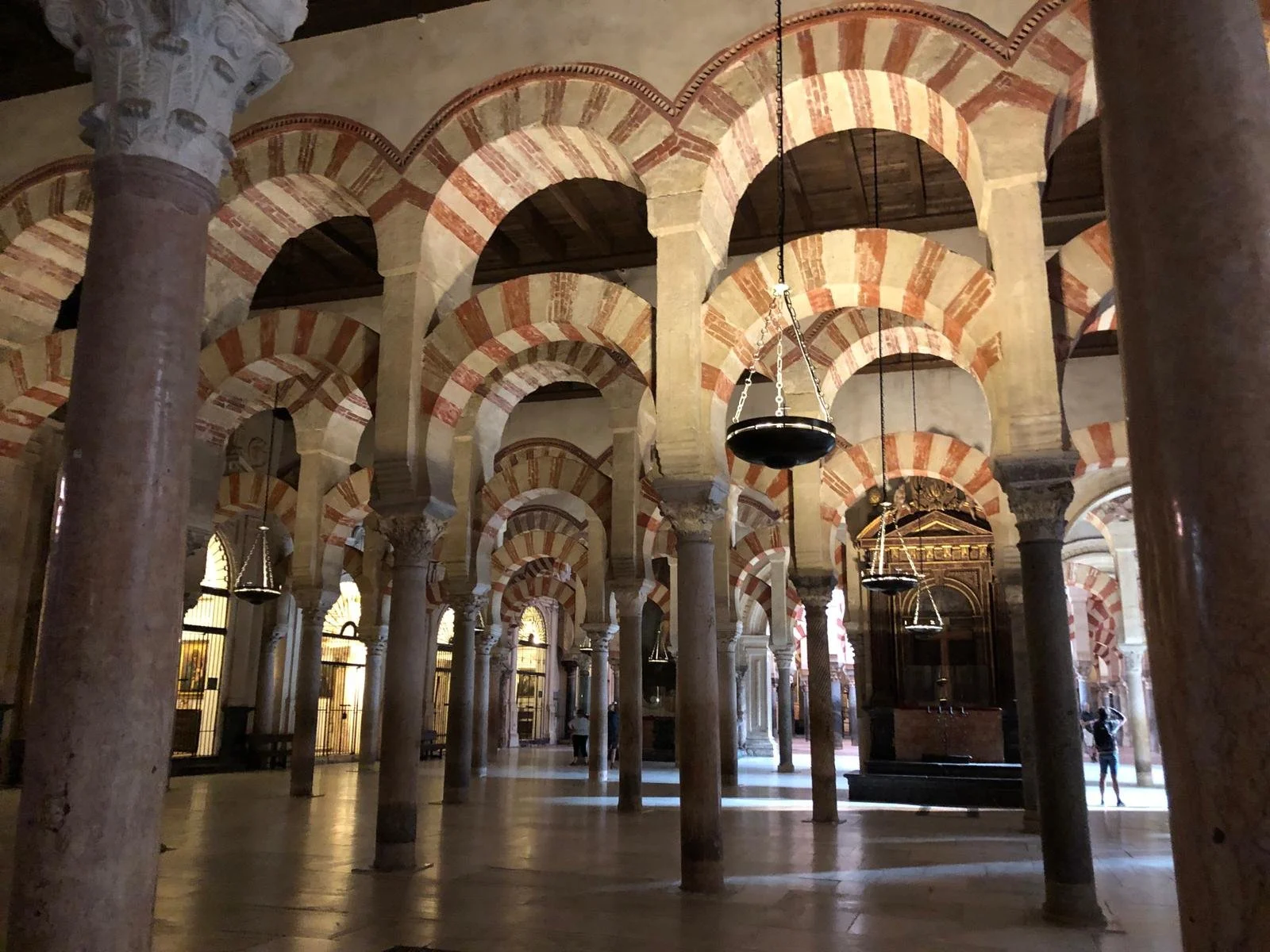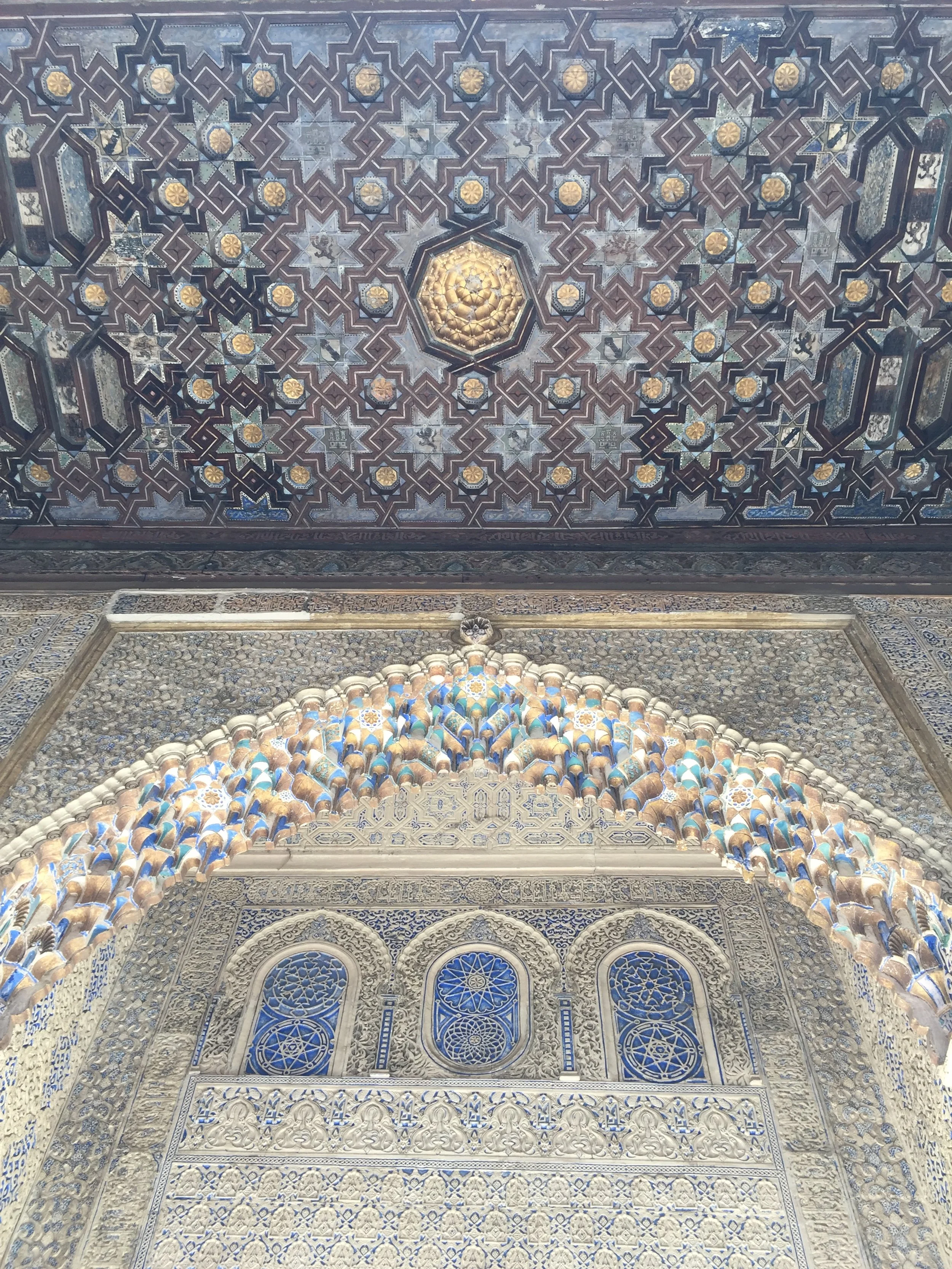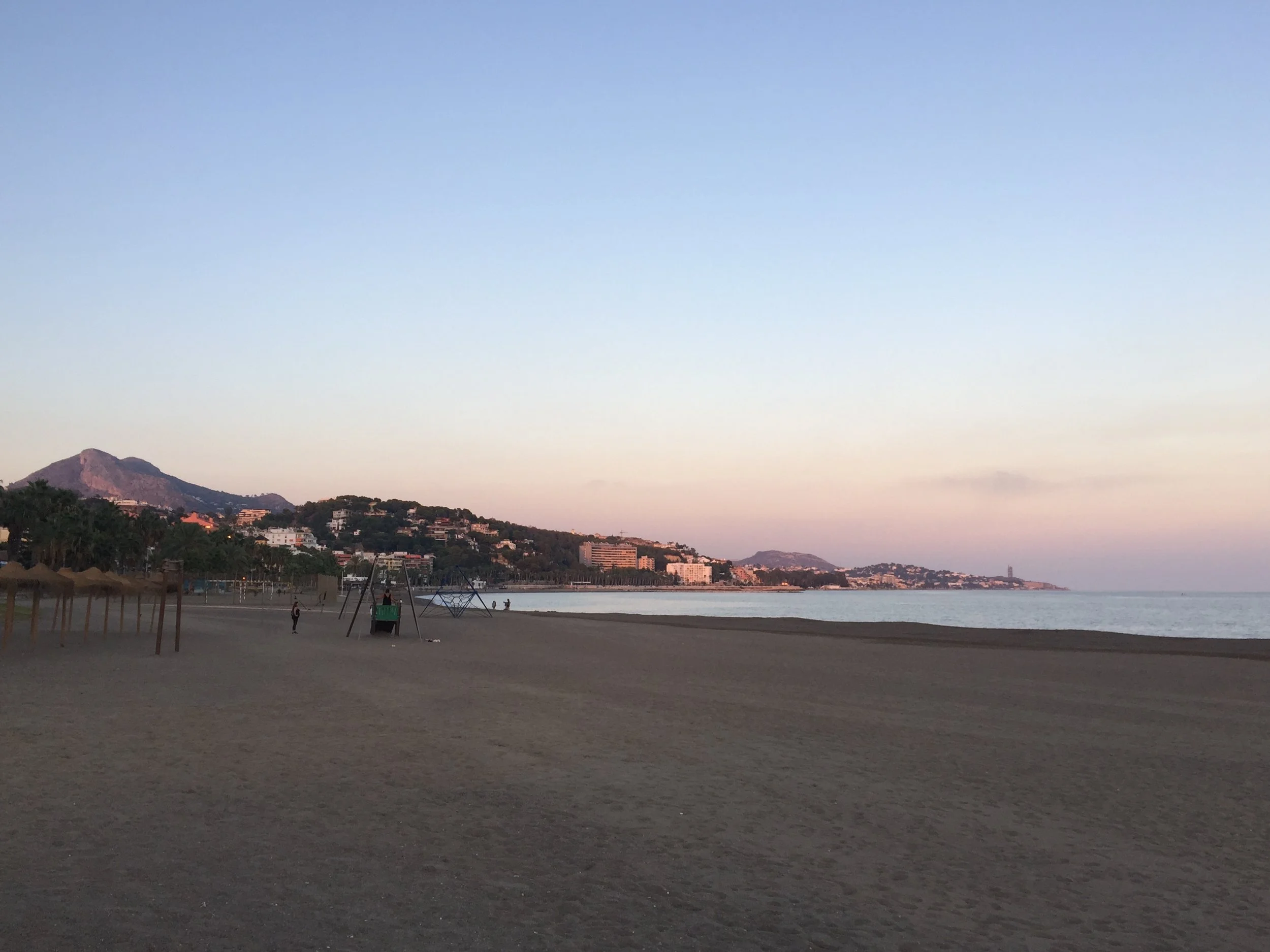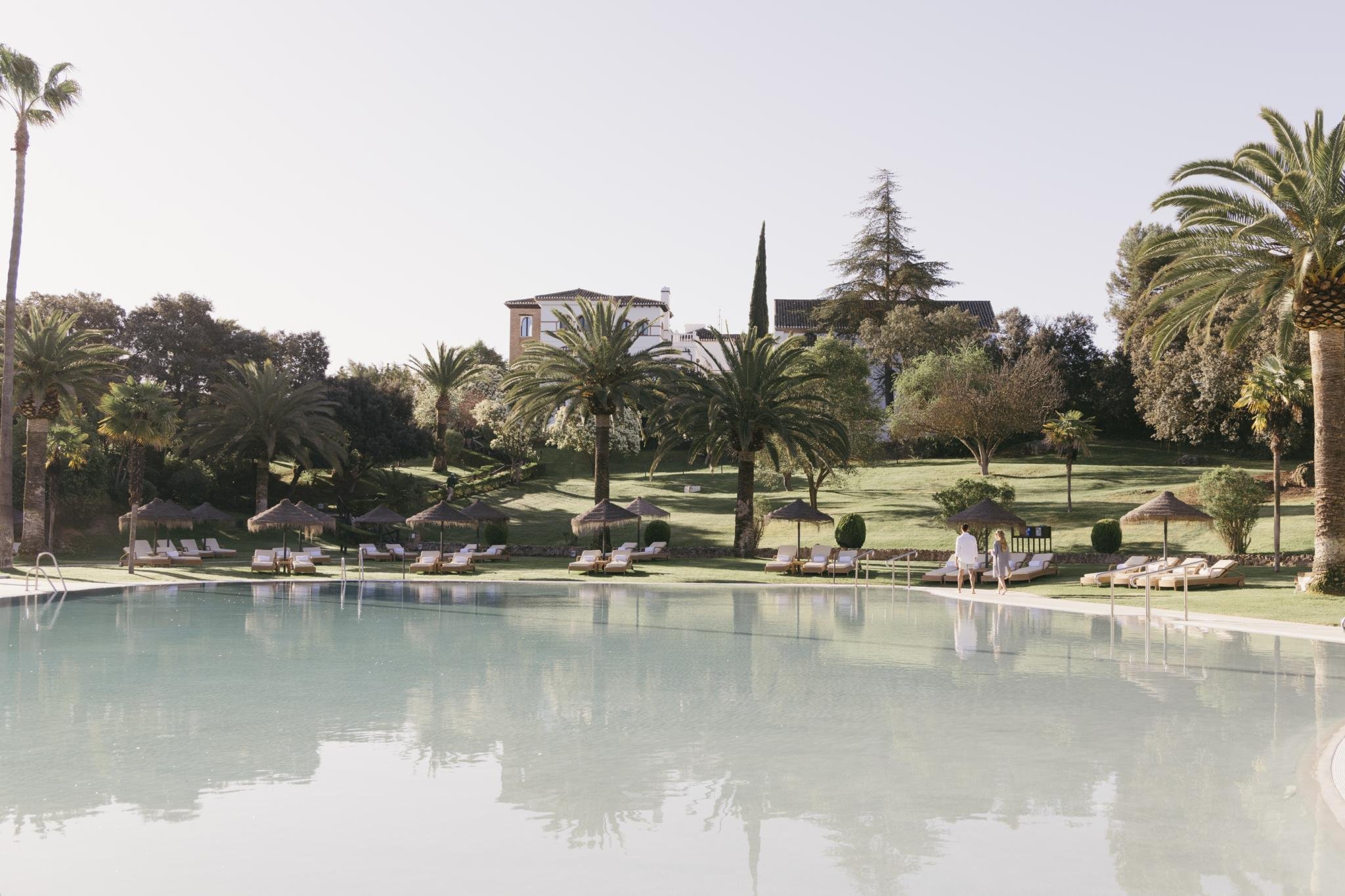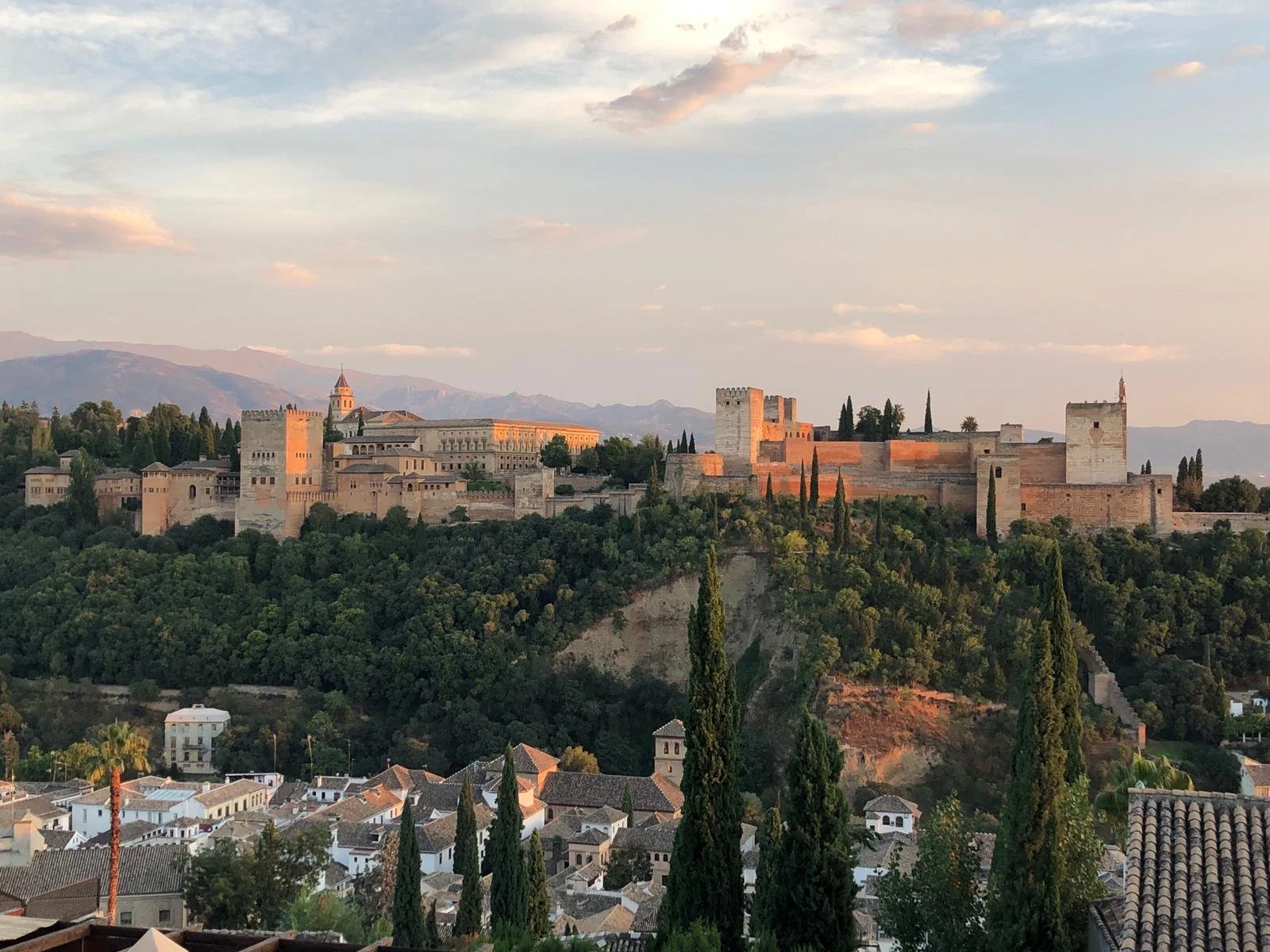
Golden Autumn in Andalucía
Andalusia is at its most captivating in autumn. The fierce summer heat softens into golden warmth, making cities and countryside alike a pleasure to explore. Courtyards brim with late blossoms, olive groves shimmer in silver-green, and vineyards turn amber under the mellow sun. October days average a comfortable 22–24 °C (72–75 °F), with crisp evenings perfect for al fresco dining.
This circle route – beginning and ending in Málaga – captures the best of southern Spain in the harvest season: Moorish palaces, Renaissance jewels, flamenco nights, and coastal elegance, all bathed in autumn light.
Trip duration: 10–14 days
Best travel time: Autumn or spring
Recommended for: History buffs, culturally curious couples – also families
Direct flights into Málaga from all major European airports. It definitely adds flexibility to self-drive this trip, but private transfers can be arranged for those who’d rather leave the driving to someone else.
Málaga: Gateway to the Sun
Begin your journey in Málaga, where autumn paints the city in softer colors and the beaches remain inviting well into October.
After settling into your hotel and enjoying the ocean breeze, make time to explore the city. Once seen mainly as a gateway for a beach holiday or a stopover en route to the Alhambra, Málaga has reinvented itself and now offers cultural and historical highlights well worth discovering.
The revitalized port hums with sleek yachts and waterfront cafés, anchored by the striking Centre Pompidou Málaga. Housed in a colorful glass cube, it was the first international branch of Paris’s famed museum, showcasing modern and contemporary masters and signaling Málaga’s rise as a cultural capital.
History lingers at the Alcazaba, one of the best-preserved Moorish fortresses in Spain. Built in the 11th century, its double walls, defensive towers, and serene gardens reflect the blend of power and elegance that defined Al-Andalus. At its foot lies the Roman Theatre, a reminder of the city’s ancient past, creating a rare layering of civilizations in the heart of town.
Alongside these landmarks, the Museo Picasso adds depth to the city’s cultural story, honoring Málaga’s most famous son.
Evenings are best spent exploring the blossoming culinary scene, from traditional taverns reimagined with flair to the Michelin-starred restaurant of José Carlos García (1★) who serves creative interpretations of Andalusian cuisine.
For those seeking adventure, the Caminito del Rey lies just an hour away. Once infamous as the “world’s most dangerous path,” this restored cliffside walkway now offers a thrilling yet safe hike through gorges suspended high above turquoise waters. Autumn’s mild weather makes it the ideal season to attempt the route. Alternatively, the Caminito can also be enjoyed as a scenic detour when traveling between Ronda and Marbella.
Stay: The Gran Hotel Miramar GL — a 1920s palace reborn as a five-star seaside sanctuary. Palm-shaded gardens and sea terraces set the stage for your journey.
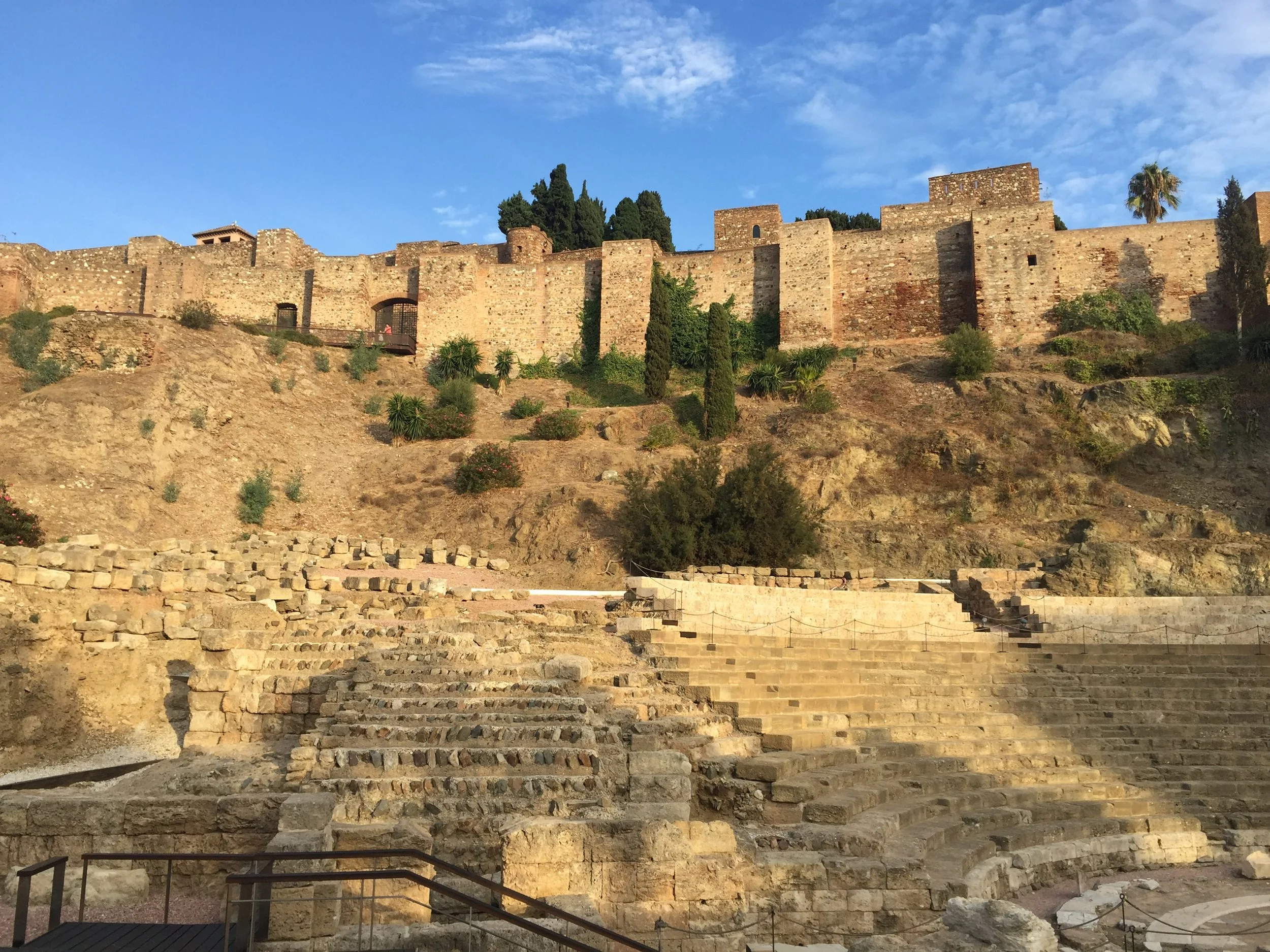



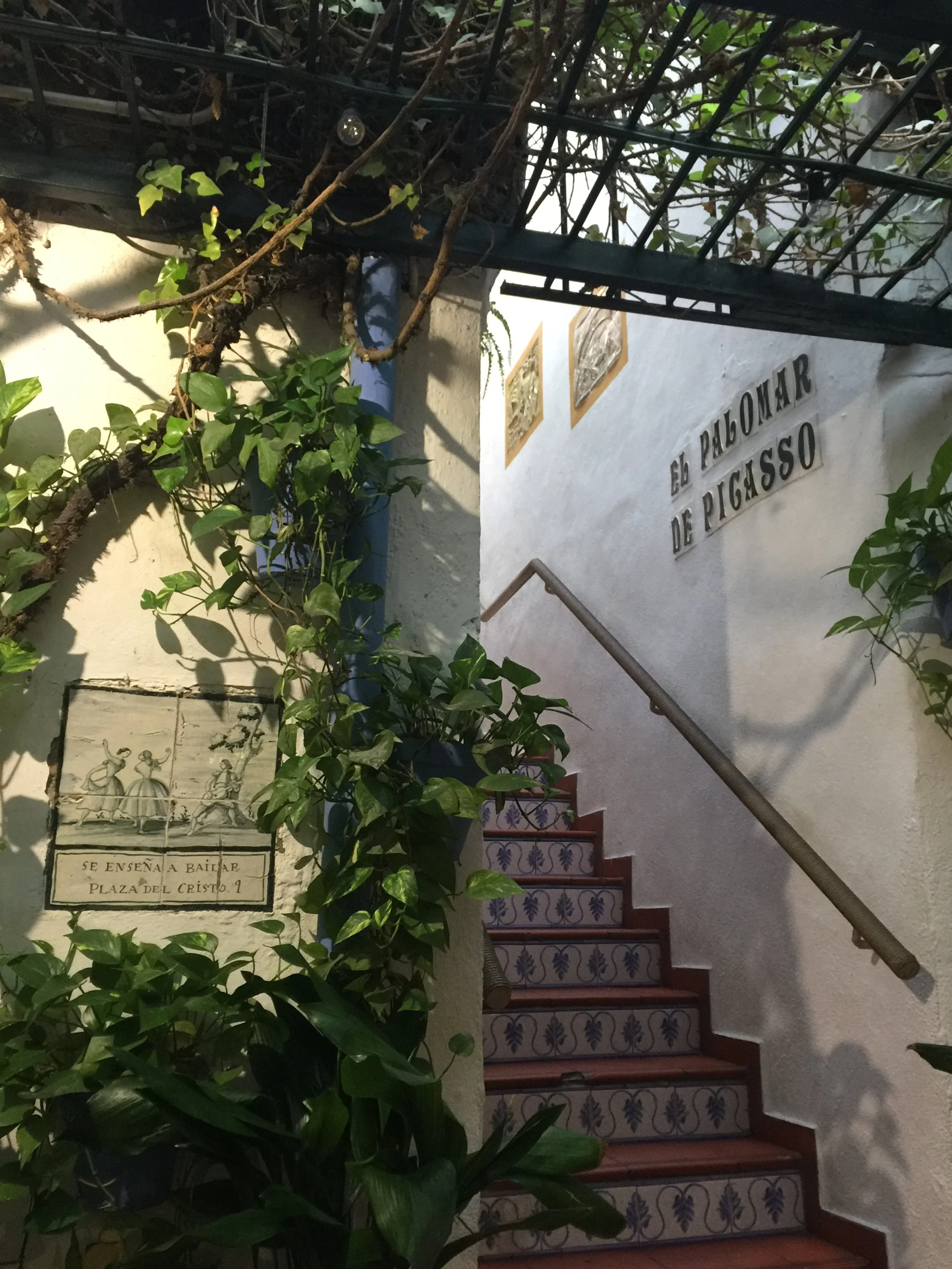
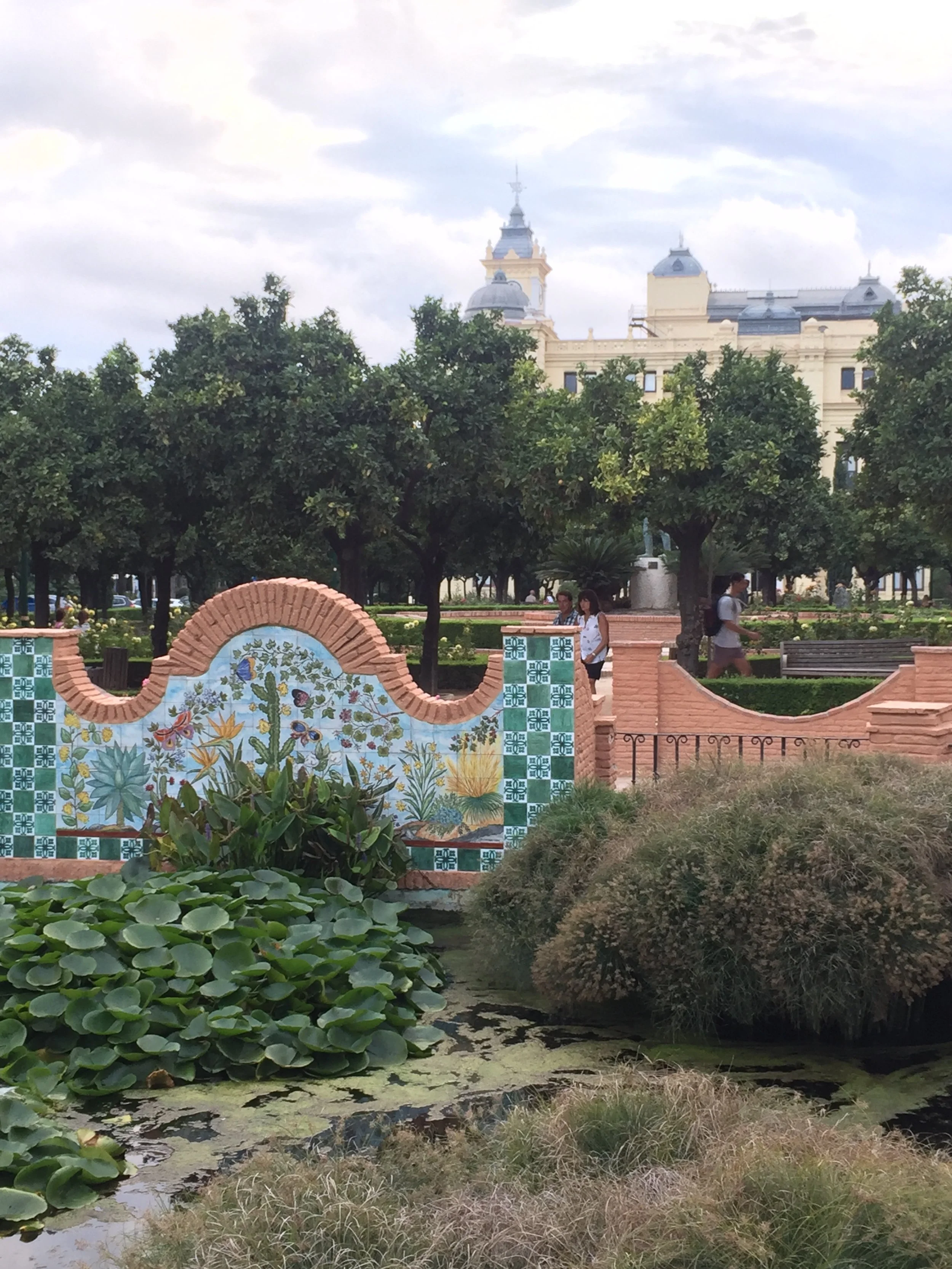

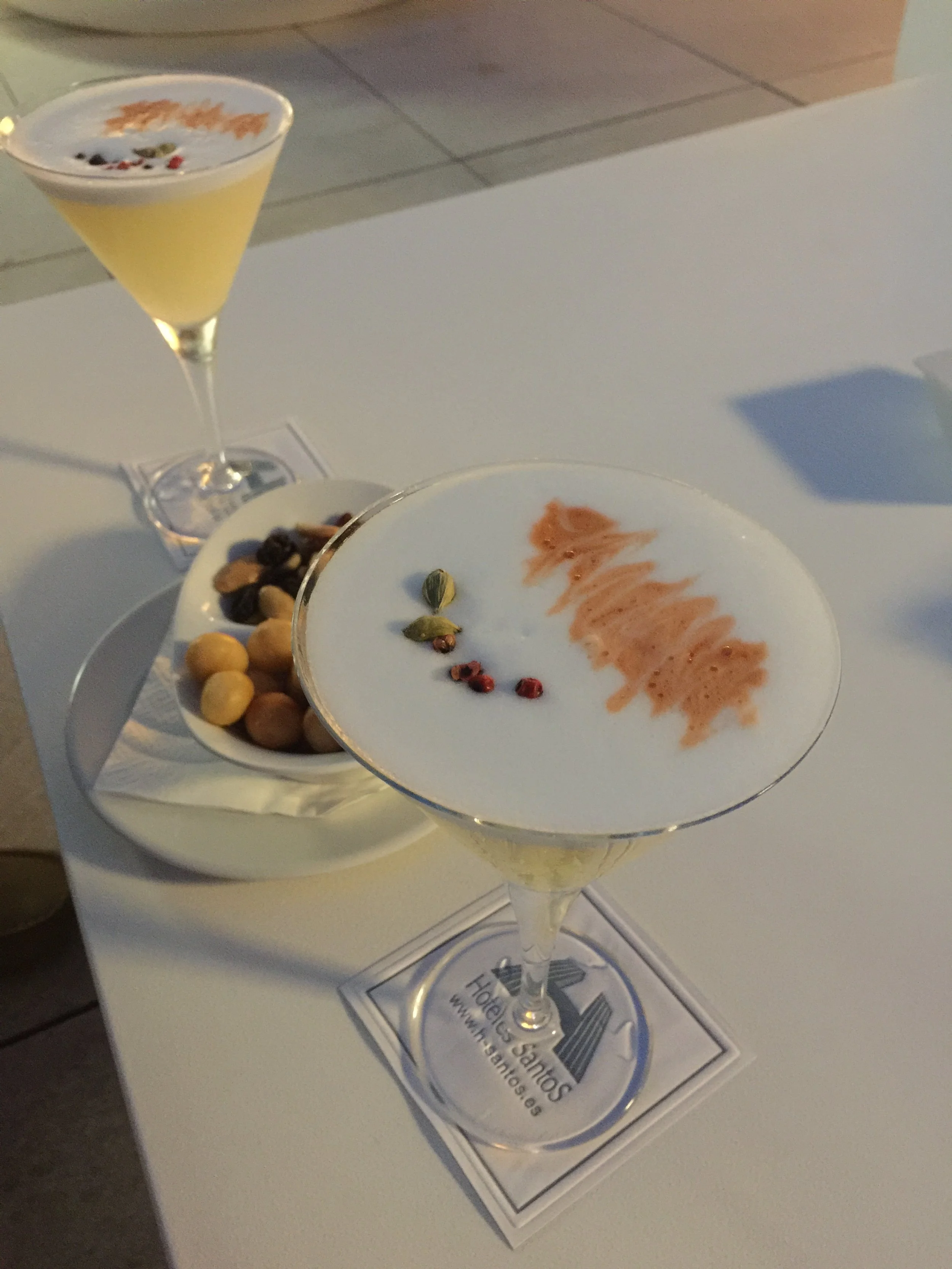
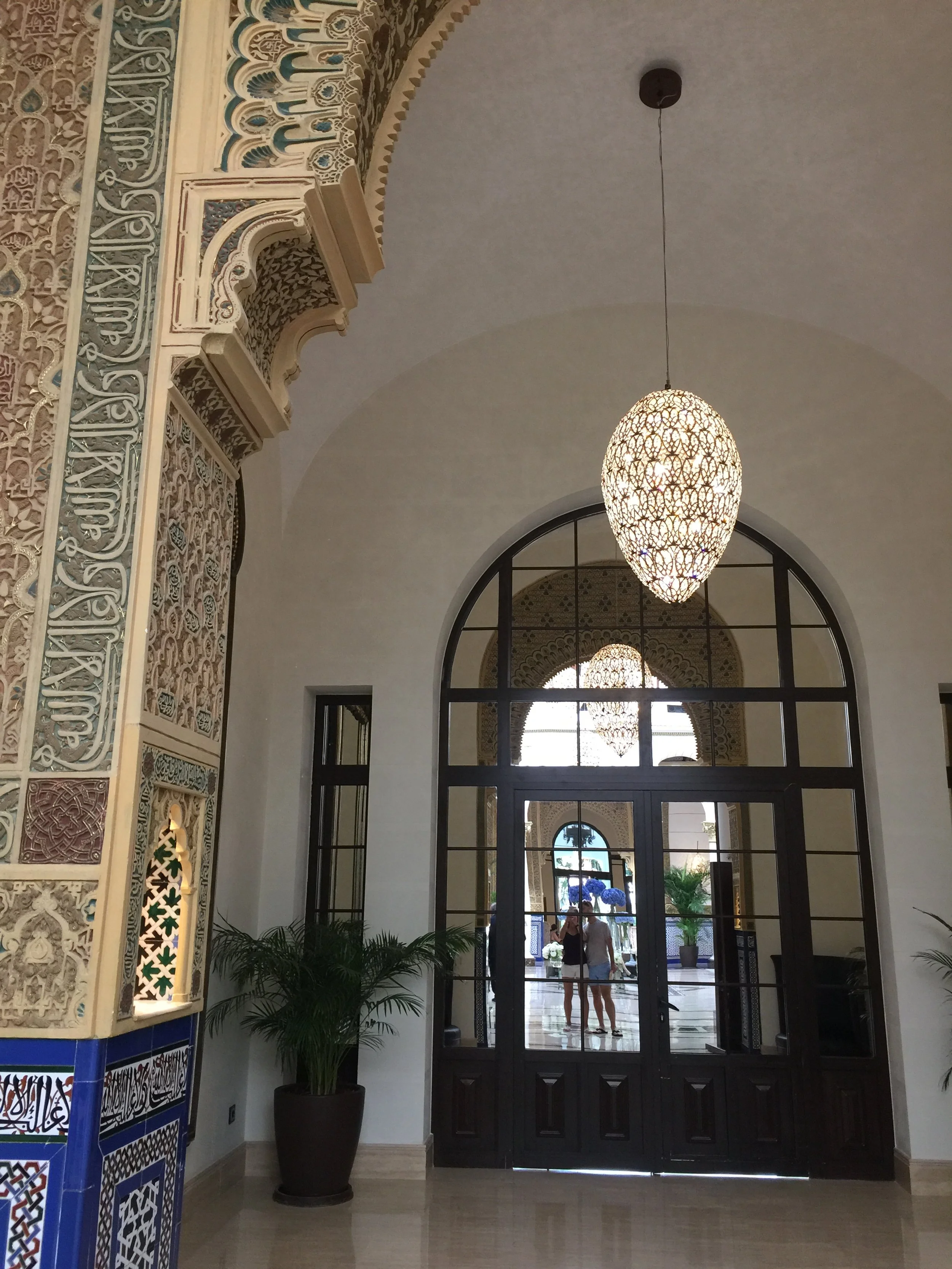
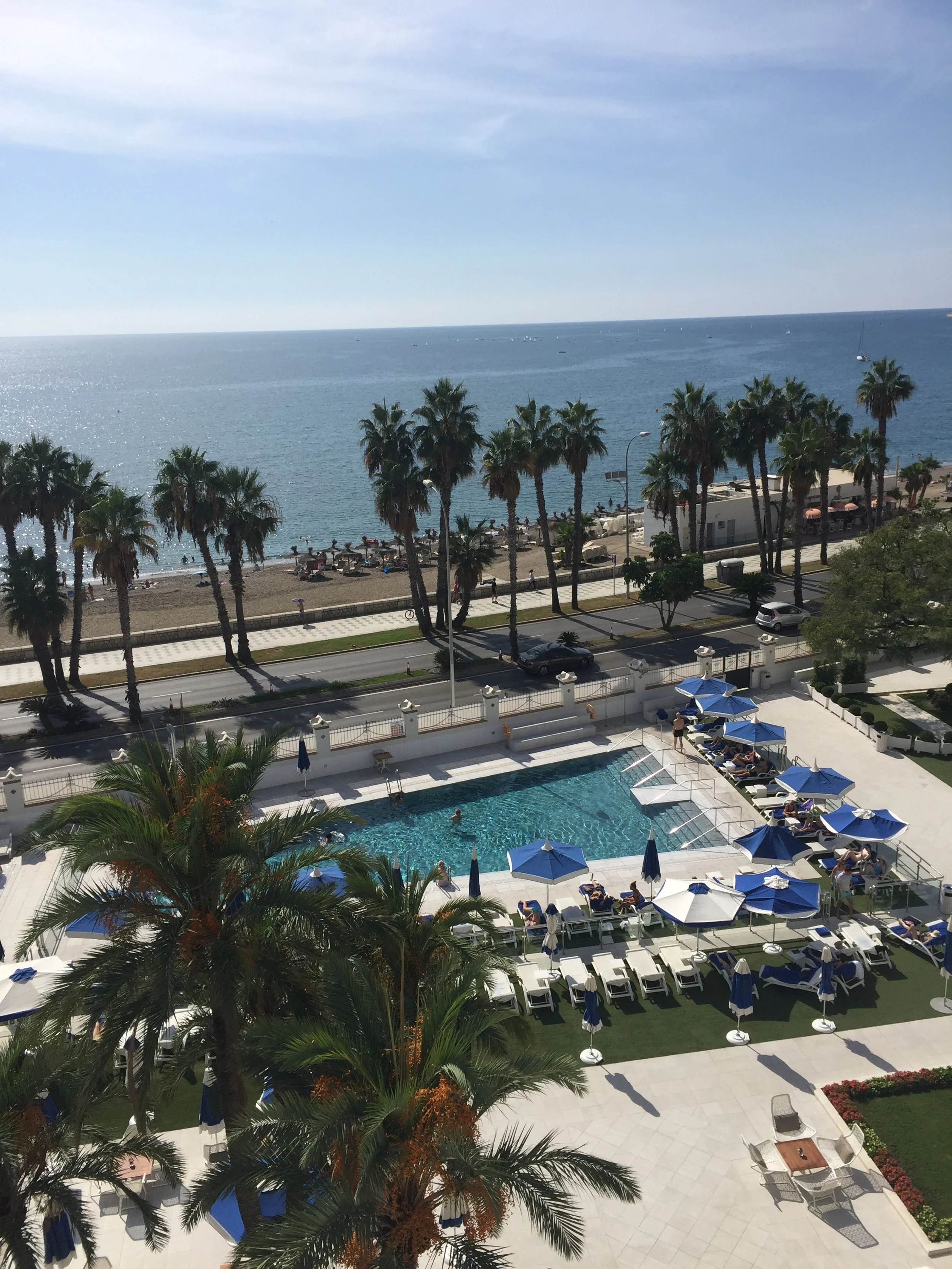
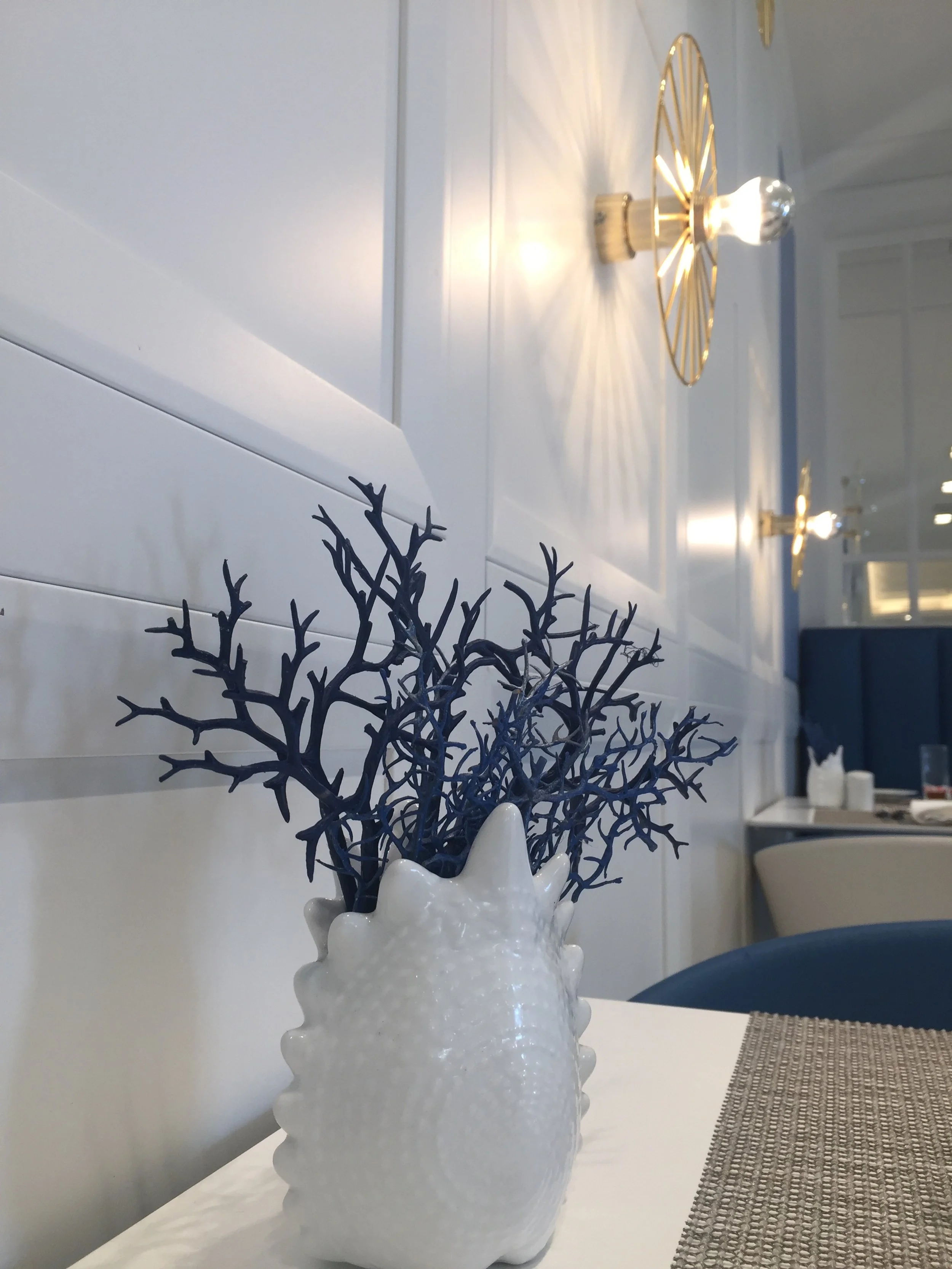

Granada: Majesty at the Foot of the Sierra
Autumn is the season when Granada’s air turns crisp, the first snows dust the Sierra Nevada, and the city glows under golden light.
At its heart stands the Alhambra, a UNESCO World Heritage site since 1984 and one of the world’s most celebrated monuments. Part fortress, part royal palace, and part garden retreat, it embodies the artistry of the Nasrid dynasty in exquisite stucco, calligraphy, and tilework.
The true highlight is the Nasrid Palaces: A dazzling sequence of courtyards and halls where every surface is carved, painted, or inlaid with breathtaking detail. Entry is strictly limited, and tickets often sell out weeks in advance, so booking early is essential.
The Generalife gardens, with their flowing water channels and orchards, evoke a vision of paradise on earth, while the Alcazaba fortress and palatial halls tell the story of Granada’s place at the crossroads of civilizations.
We recommend a small group tour or a private guide to fully appreciate its layers of history. For those staying at the Parador, a night visit to the Alhambra is a romantic option — exploring at your own pace, without the daytime crowds, and with the palaces beautifully illuminated.
Across the valley, the cobbled alleys of the Albaicín historic quarter invite slow exploration before pausing at the Mirador de San Nicolás for the Alhambra at sunset.
For dinner, choose the panoramic Restaurante Mirador de Morayma or the acclaimed El Mercader, known for creative Mediterranean cuisine. Restore body and spirit at the Hammam al Ándalus, candlelit and timeless.
Stay:
Palacio Gran Vía, a Royal Hideaway Hotel — a restored palace in the city center, with suites, an indoor pool, a hammam, and select rooms boasting Alhambra views.
Parador de Granada — housed within a former convent inside the Alhambra complex, offering the rare privilege of sleeping within its historic walls.
Both properties encapsulate the city’s mix of heritage and luxury.
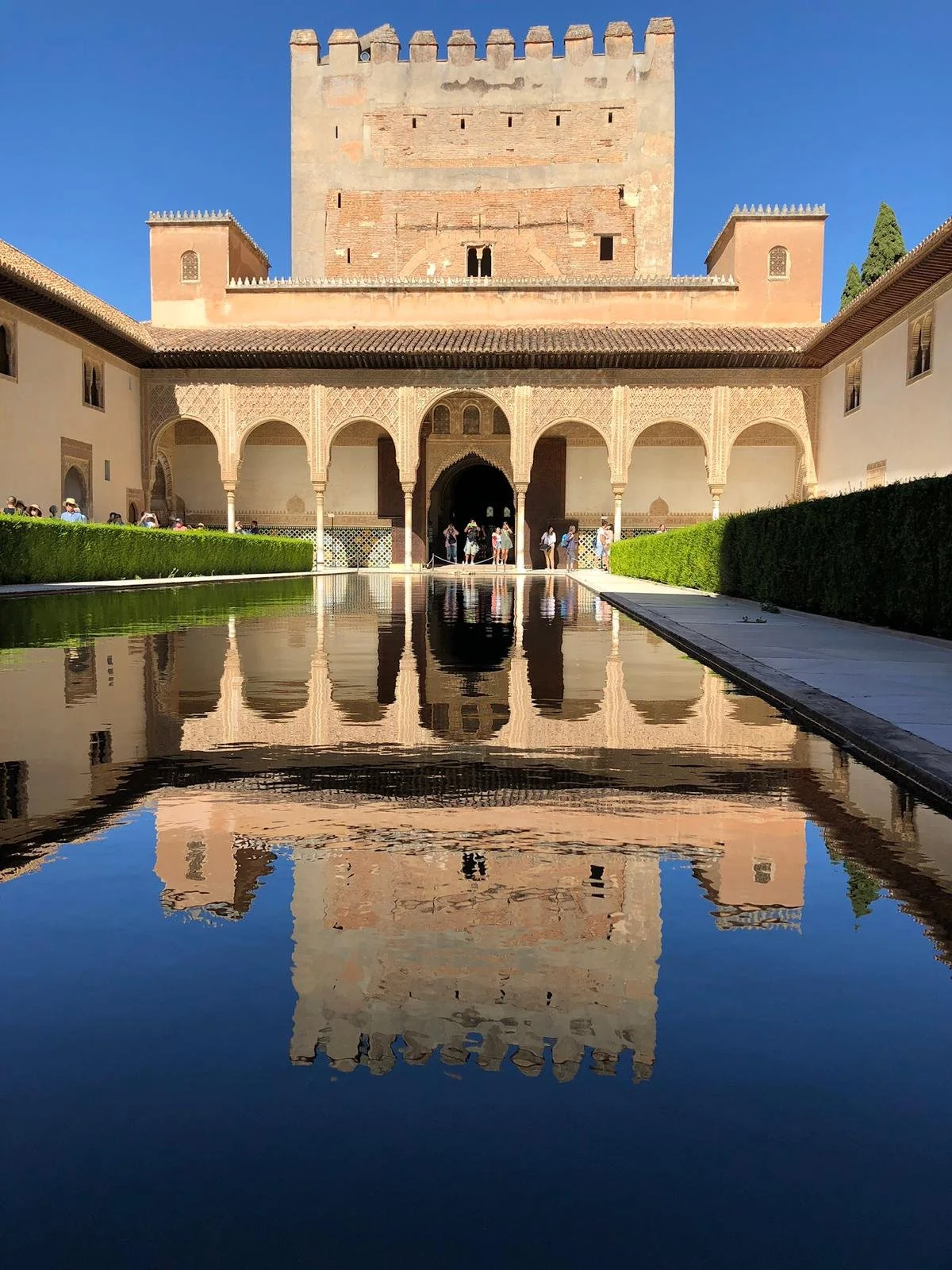
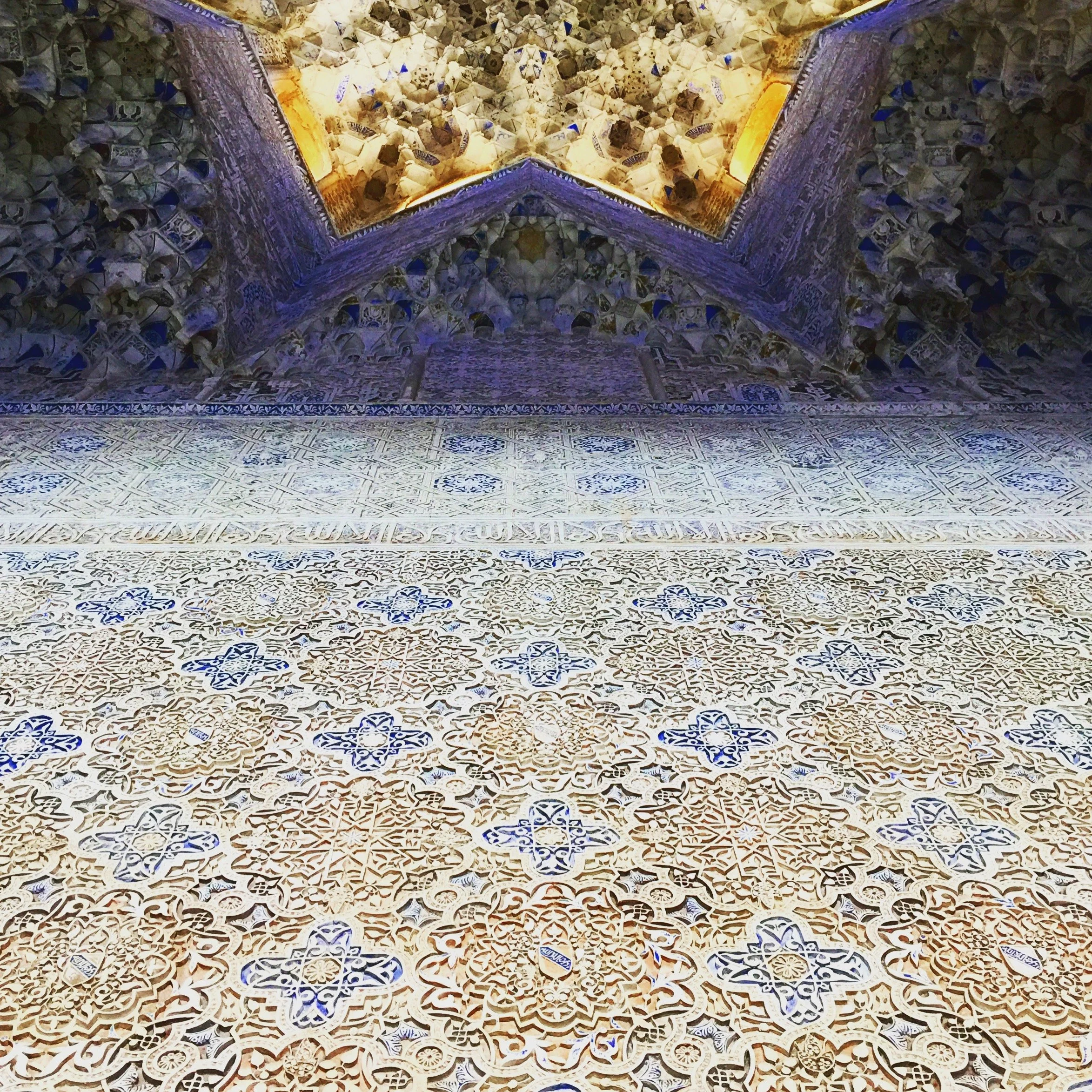
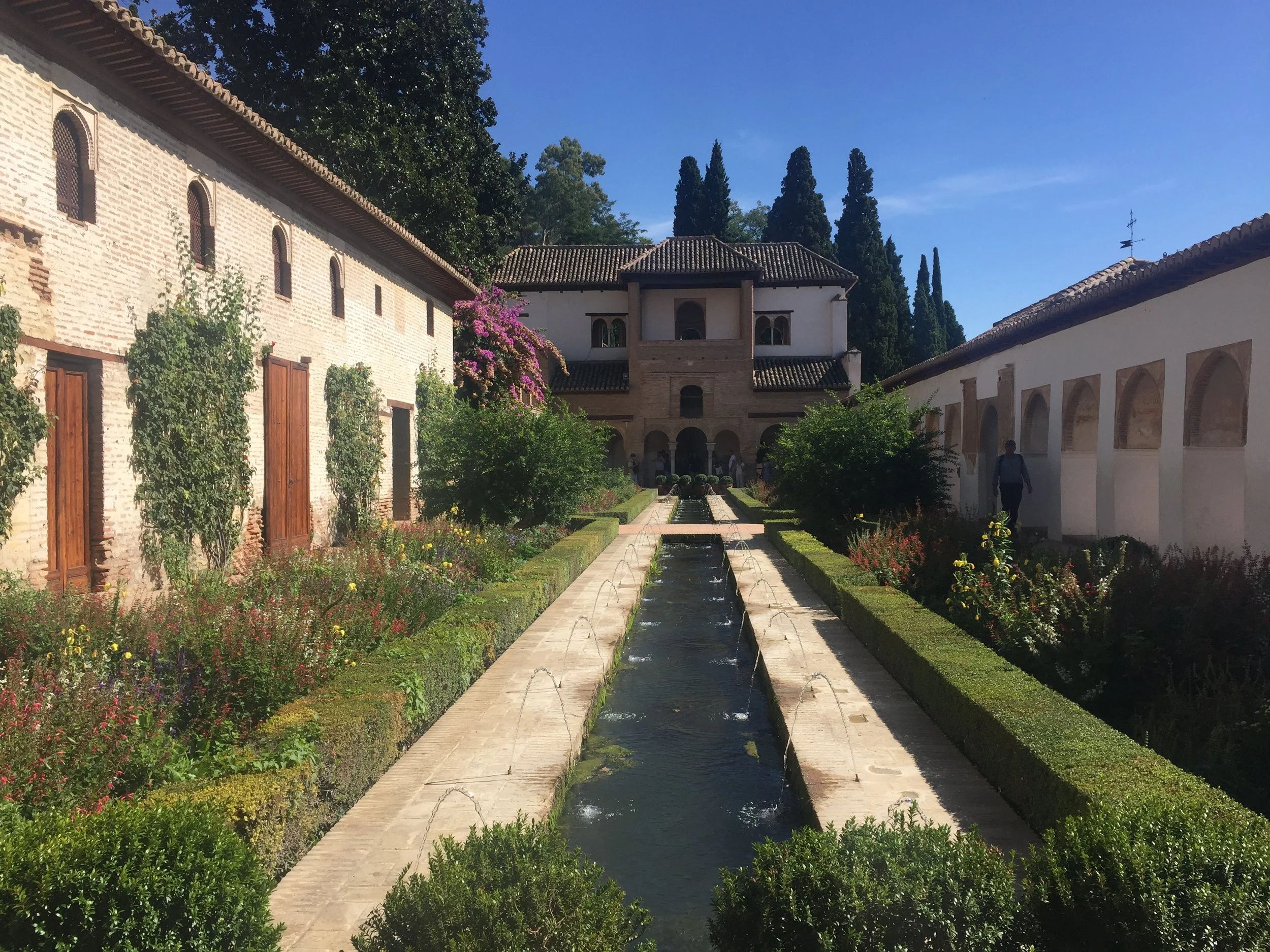

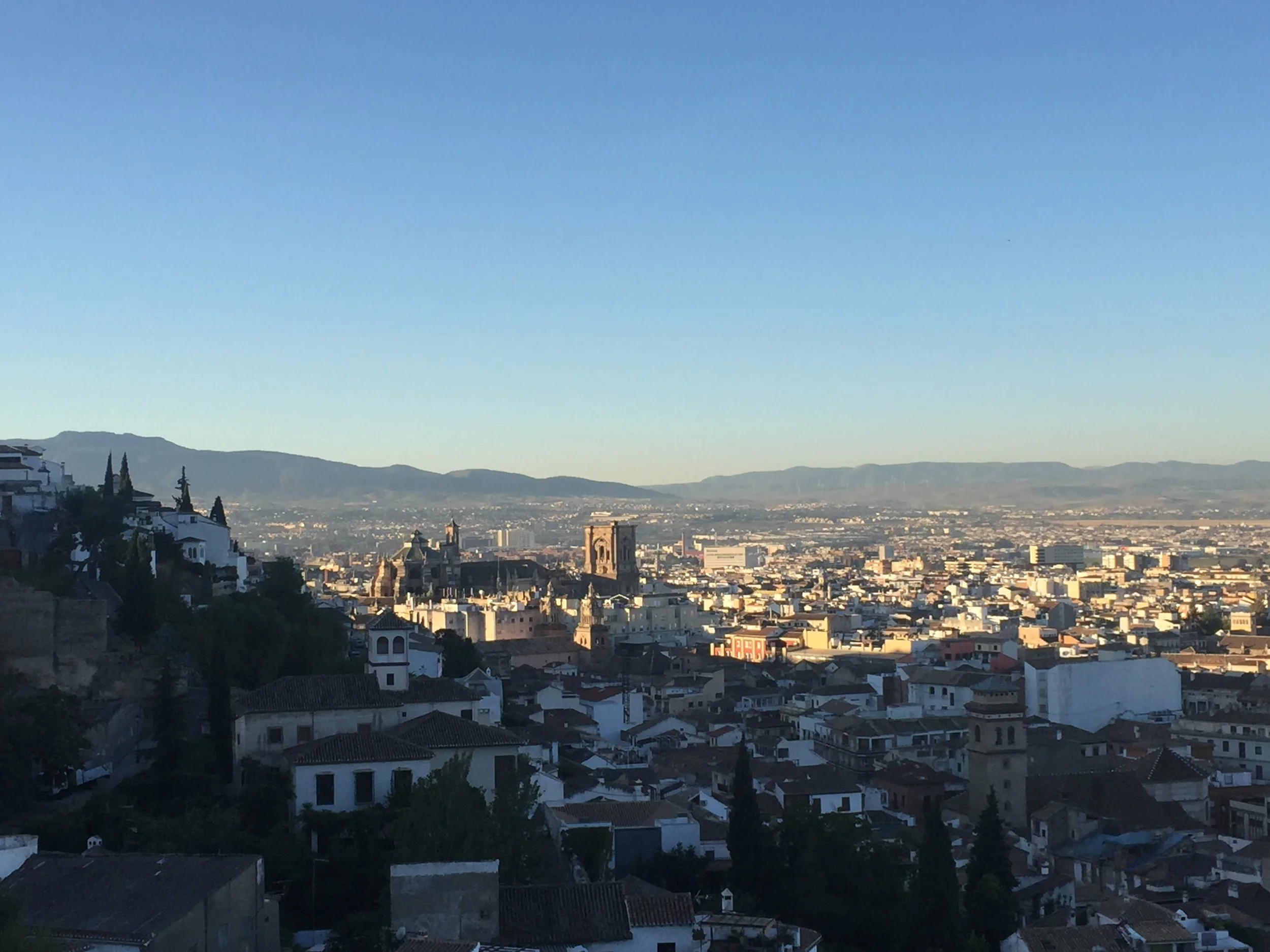

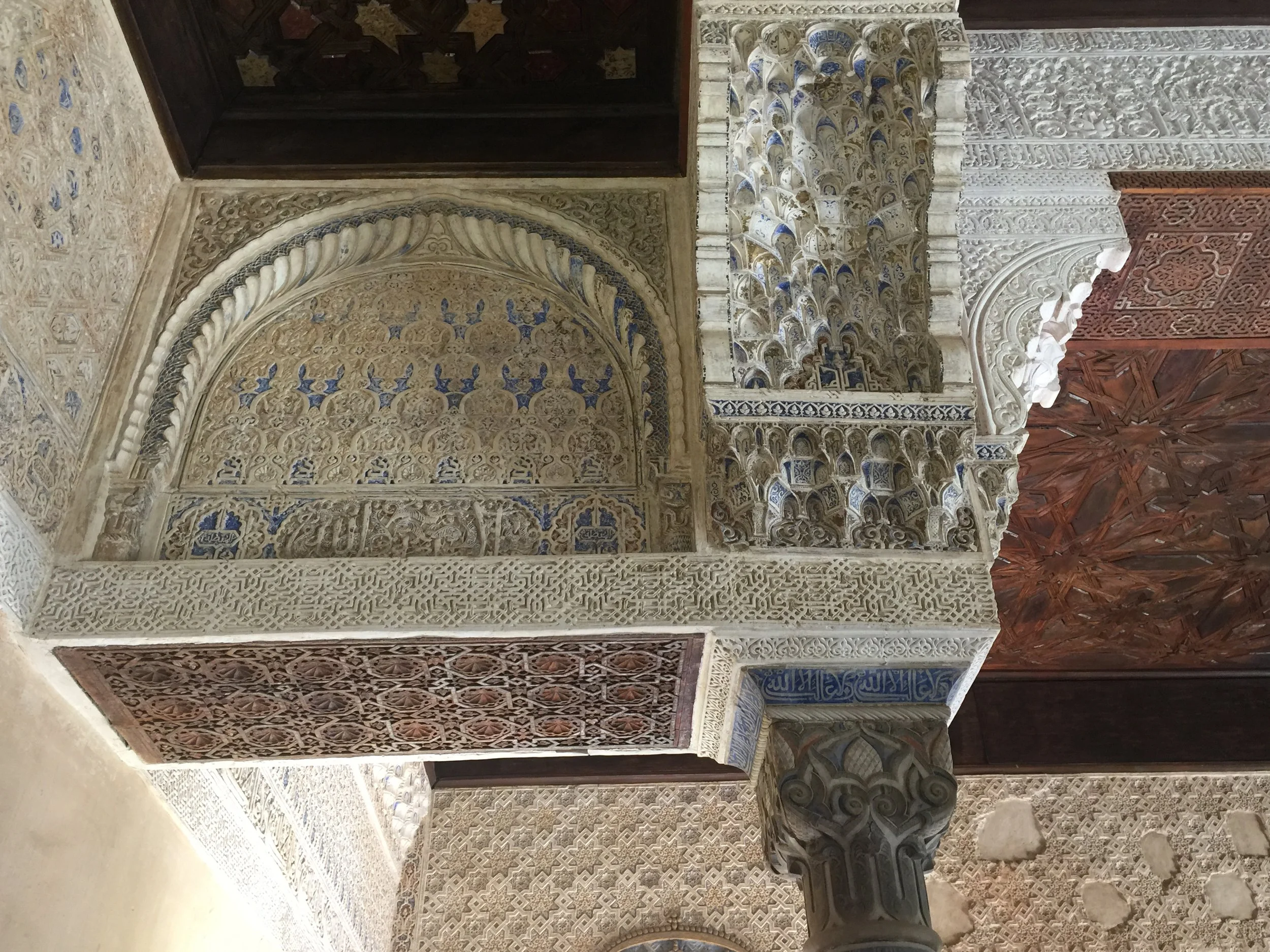
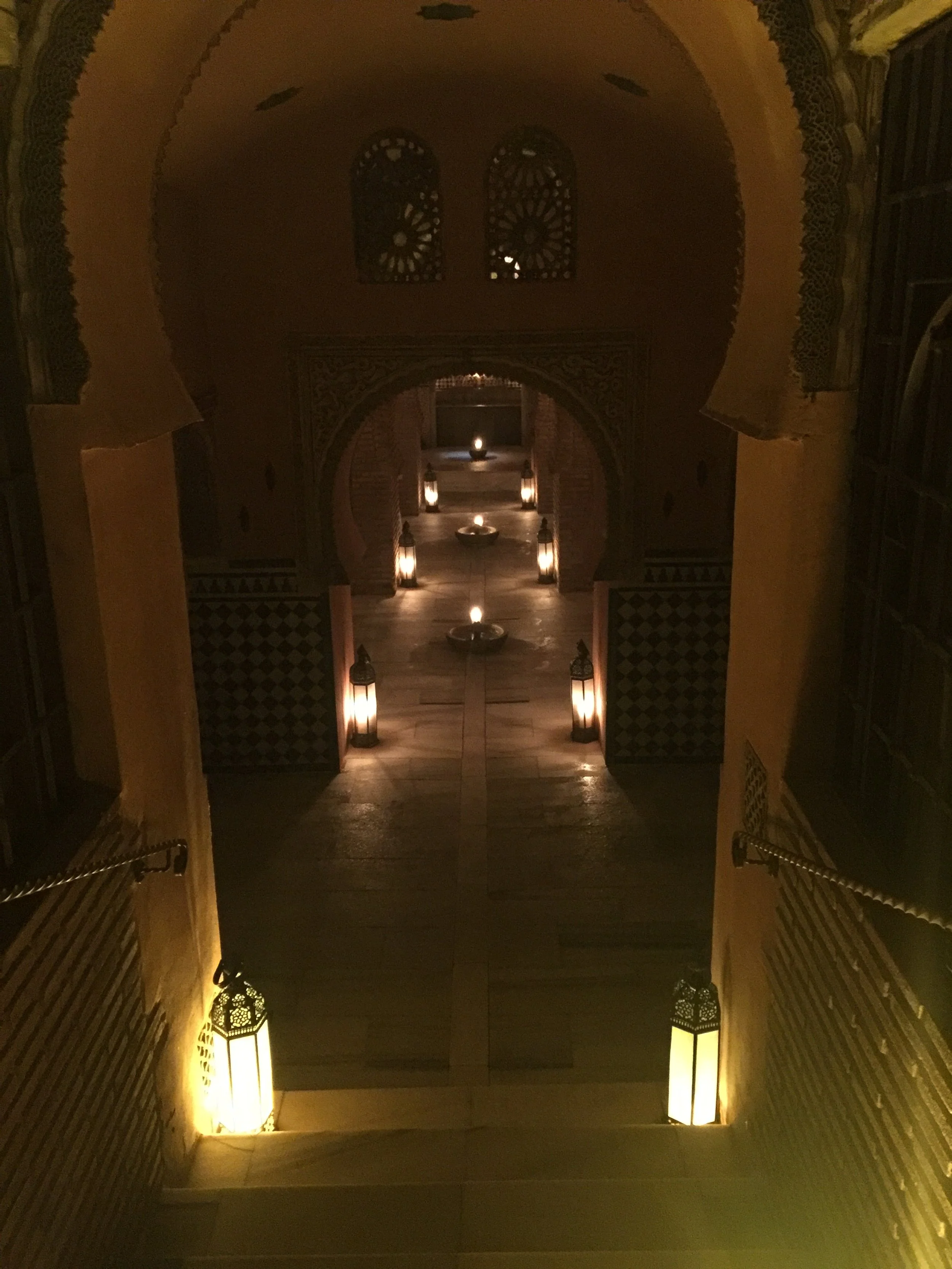
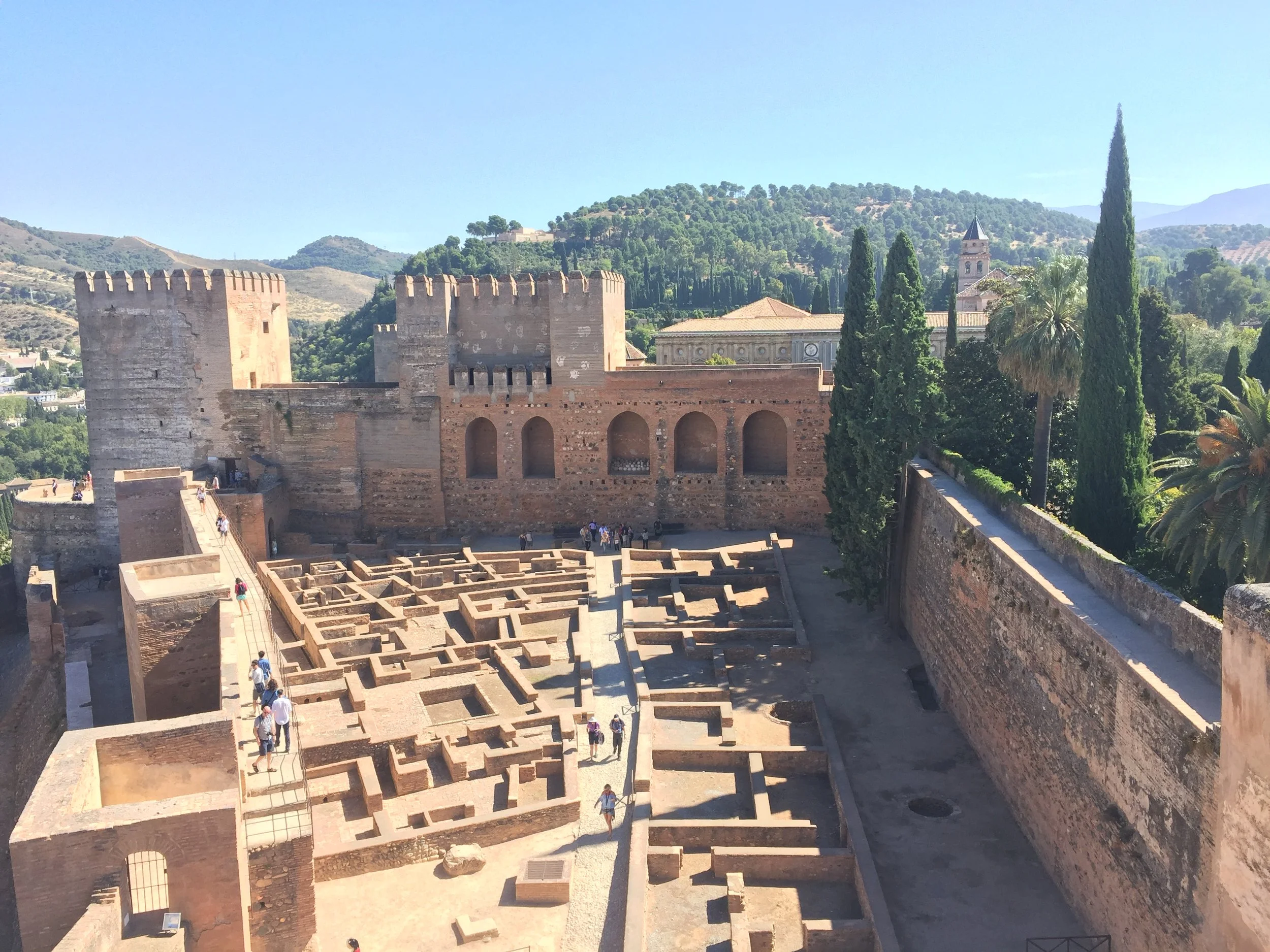
Úbeda & Baeza: Renaissance Jewels Among the Olive Groves
North of Granada, rolling hills turn silvery-gold with the autumn olive harvest. Amid this sea of trees rise the twin UNESCO towns of Úbeda and Baeza.
Here, Renaissance palaces, cloistered courtyards, and stone piazzas glow in the autumn light. Private visits to almazaras (olive mills) reveal the art of pressing “liquid gold,” with tastings of the season’s new oil alongside artisanal breads and cheeses. A private guided tour covers all of it at your own pace.
For those with a passion for Renaissance architecture, the harmony of symmetry and urban planning, or the legacy of Spain’s Golden Age, Úbeda and Baeza are rewarding stops – quieter, contemplative towns that capture the timeless rhythm of Andalusian life.
Córdoba: Echoes of Empire
In autumn, Córdoba sheds its summer intensity and reveals itself at a gentler pace.
The centerpiece of the city is the Mezquita-Catedral, one of the most extraordinary monuments in the world and a UNESCO World Heritage site. Built in the 8th century as the Great Mosque of Córdoba, it became one of the largest and most sophisticated in the Islamic world, renowned for its forest of red-and-white arches and its dazzling golden mihrab. On a tour, a knowledgeable guide can walk you through its many periods: Following the Reconquista, a Renaissance cathedral was dramatically inserted into its heart, creating a unique blend of Islamic and Christian architecture that embodies the city’s layered history.
Beyond the Mezquita, Córdoba’s Alcázar de los Reyes Cristianos adds another layer of history. Built in the 14th century by King Alfonso XI, this fortress-palace became a residence for Ferdinand and Isabella and even hosted Columbus before his voyage to the New World. Its terraced gardens with fountains, pools, and flowerbeds are the real highlight.
Another of Córdoba’s great treasures is the Ruta de los Patios, a living tradition recognized by UNESCO as Intangible Cultural Heritage. These private courtyards, hidden behind modest doors, are masterpieces of Andalusian architecture: Tiled fountains, wrought iron balconies, and walls covered with cascades of geraniums and jasmine.
Dine at Restaurante Regadera or ReComiendo for creative seasonal cuisine, or at Noor (2★), Paco Morales’ dazzling reinterpretation of Andalusí culinary heritage.
Stay: The Hospes Palacio del Bailío, a 16th-century palace where courtyards and an indoor whirlpool provide tranquil respite after a day of wandering.

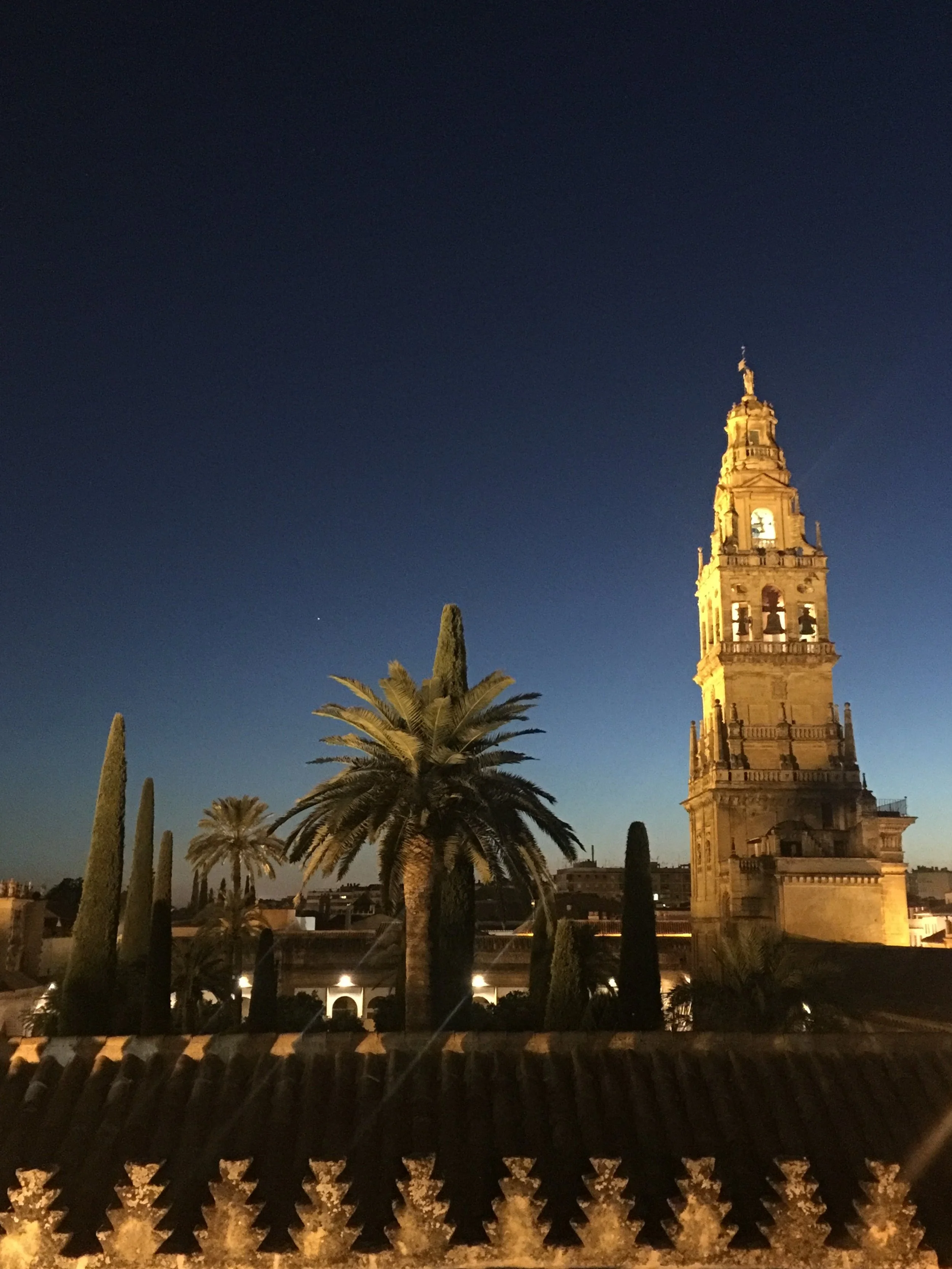
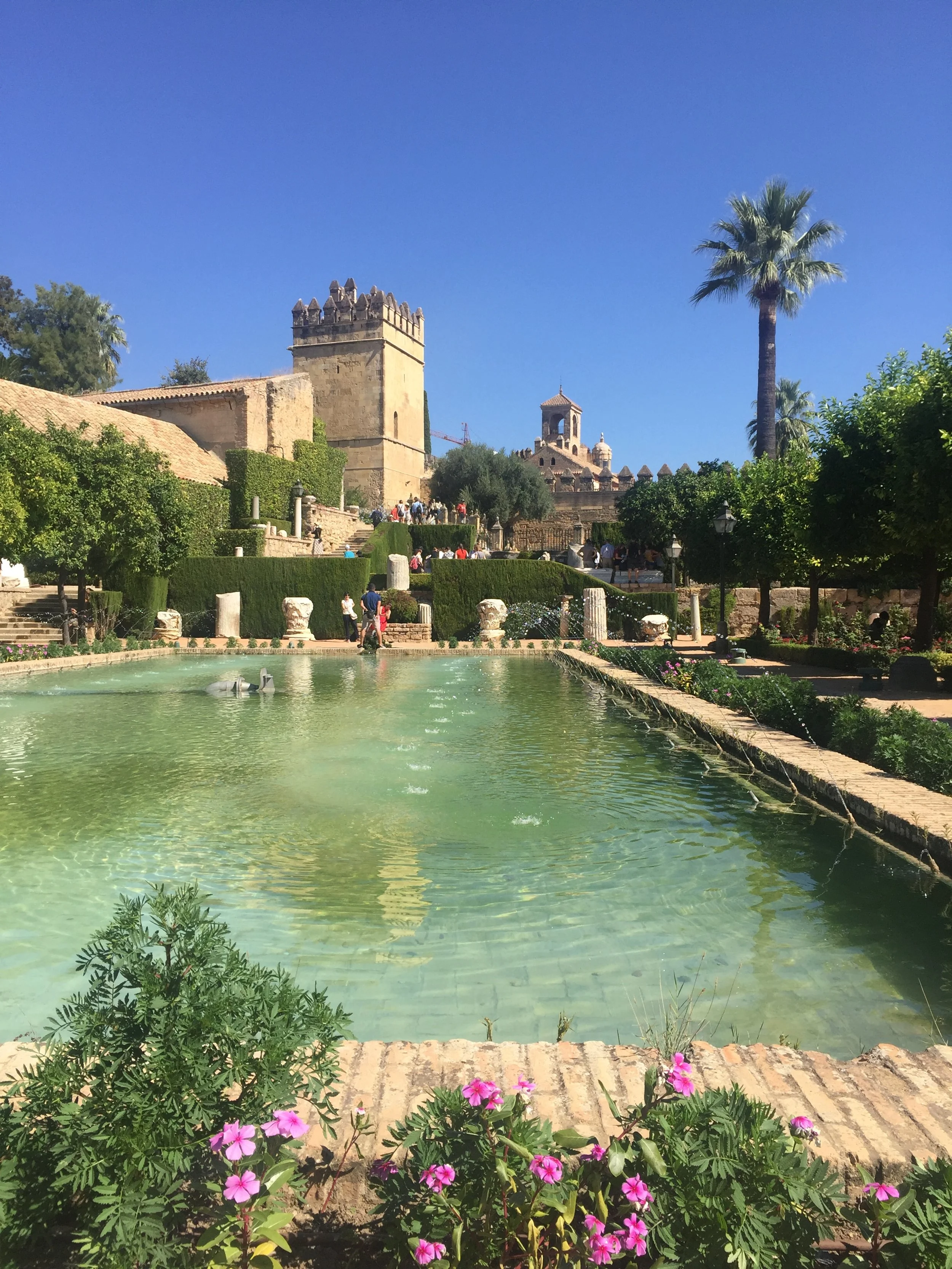
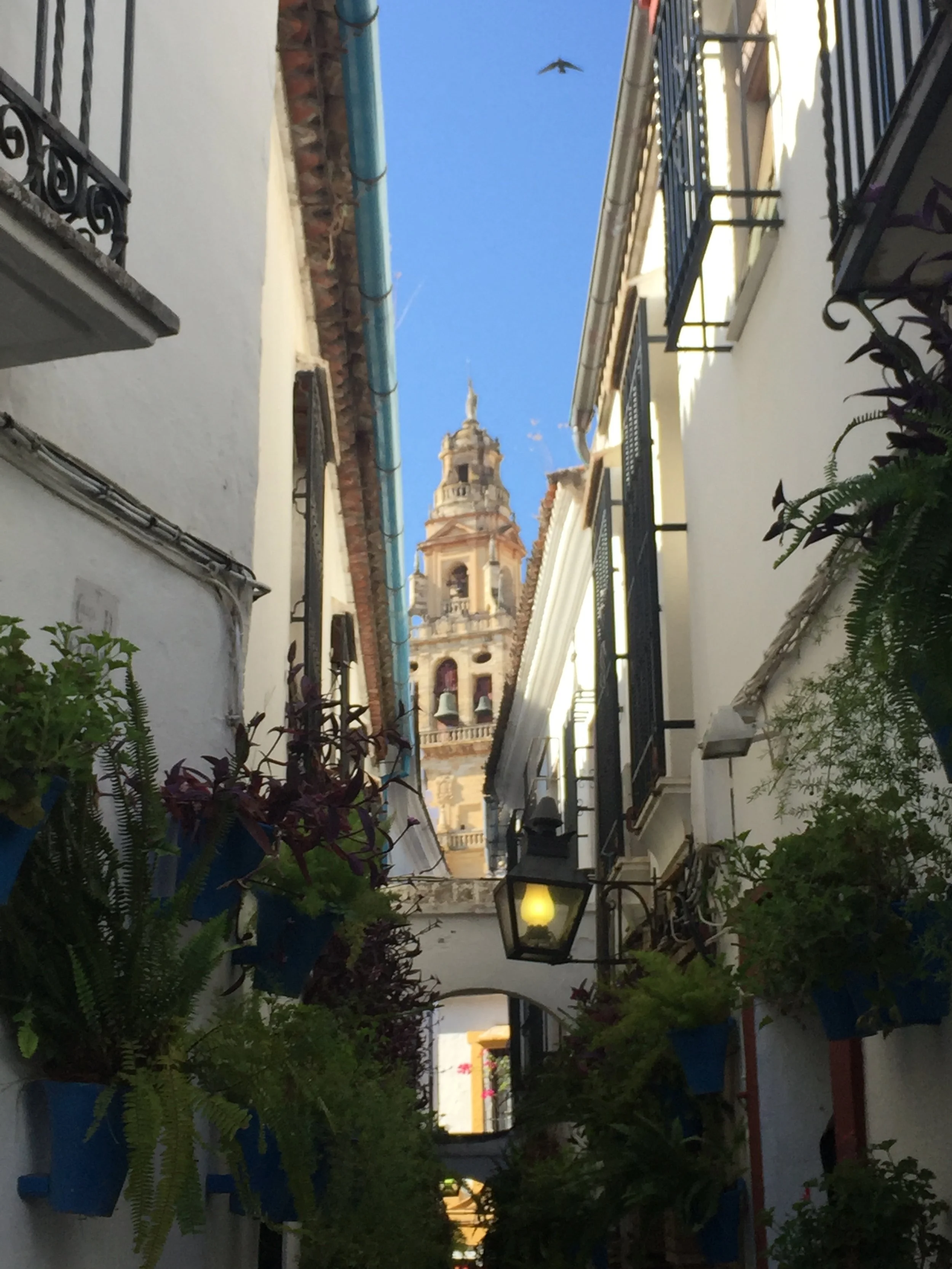



Sevilla & Doñana National Park: Grandeur Meets Nature
Autumn in Sevilla is pure splendor: Warm days, balmy evenings, and boulevards alive with the scent of orange blossom’s second bloom.
At the city’s heart lies the Real Alcázar, a UNESCO World Heritage site and one of Europe’s greatest palaces. Built over centuries, it blends Moorish, Gothic, and Renaissance artistry into a harmonious whole. Its Mudéjar halls, arabesque arches, and tilework evoke the height of Al-Andalus, while the vast gardens – dotted with fountains and orange groves – glow under autumn light. Still used as a royal residence, it is the oldest royal palace in Europe still in use.
Just beside it rises the Cathedral of Sevilla, the world’s largest Gothic cathedral, with the soaring La Giralda tower as its symbol. Once a 12th-century minaret, its ramps (built for riders on horseback) still lead to the summit, where views stretch across the city in every direction.
Also here, a guided tour not only provides deeper insight into the historic landmarks but also helps you navigate their layers of history, ensuring you don’t miss the most important highlights.
The city’s rhythm is best felt through its gastronomy. For an intimate, atmospheric stop, Bar Alfalfa offers convivial energy and traditional flavors. Espacio Eslava adds creative tapas to the mix, while Az-Zait delivers refined Andalusian cuisine. For fine dining, Abantal (1★) is Sevilla’s gastronomic star. And of course, no visit is complete without an evening of flamenco — raw, passionate, unforgettable.
Stay: The legendary Hotel Alfonso XIII, spacious and grand, with shaded gardens, elegant courtyards, and a pool — a serene retreat in the heart of the city.
Beyond Sevilla, autumn transforms Doñana National Park into a birdwatcher’s paradise, as flamingos and migratory flocks arrive. On a private guided safari, you may spot wild horses or the elusive Iberian lynx against a beautiful backdrop of marshland and dunes.
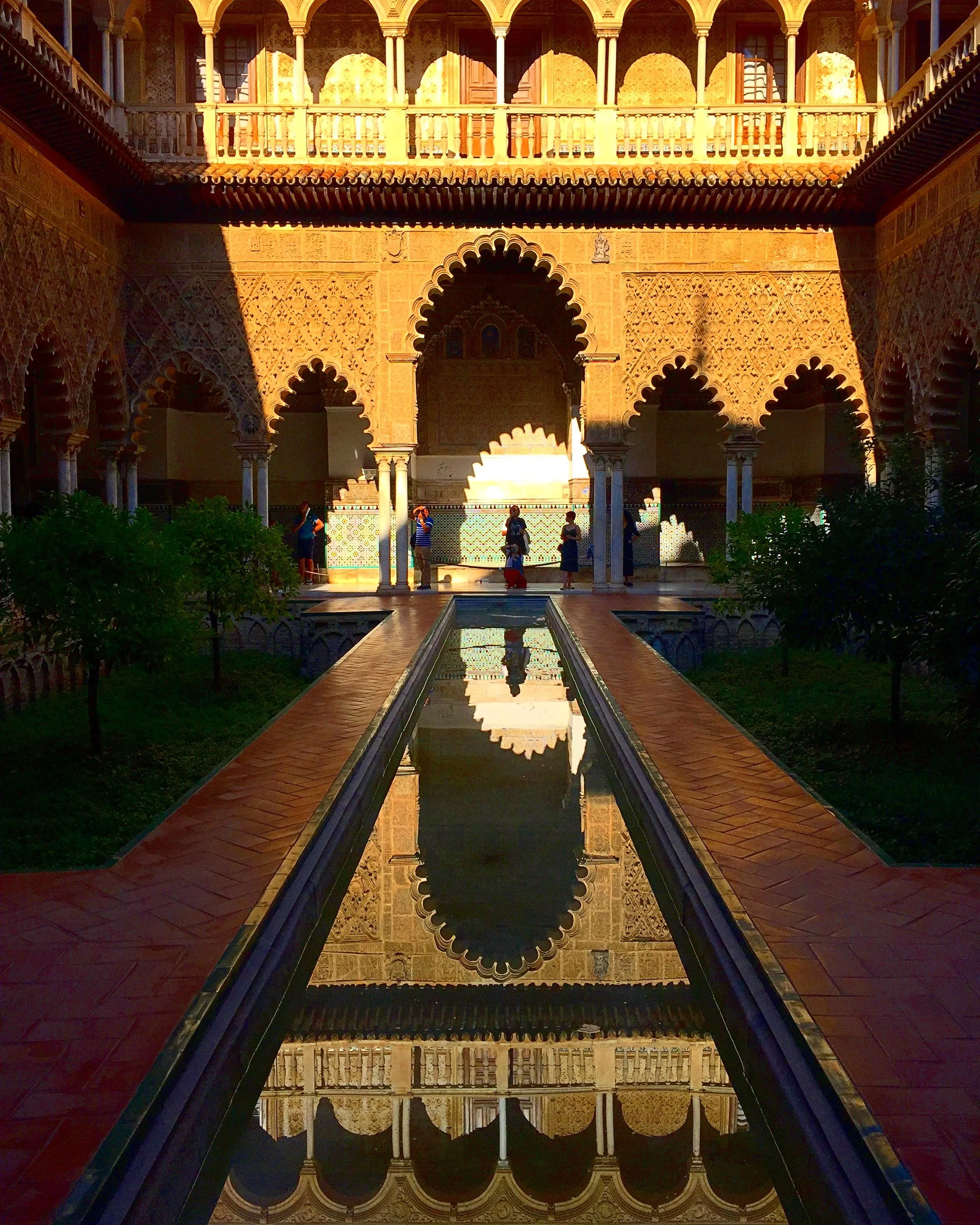
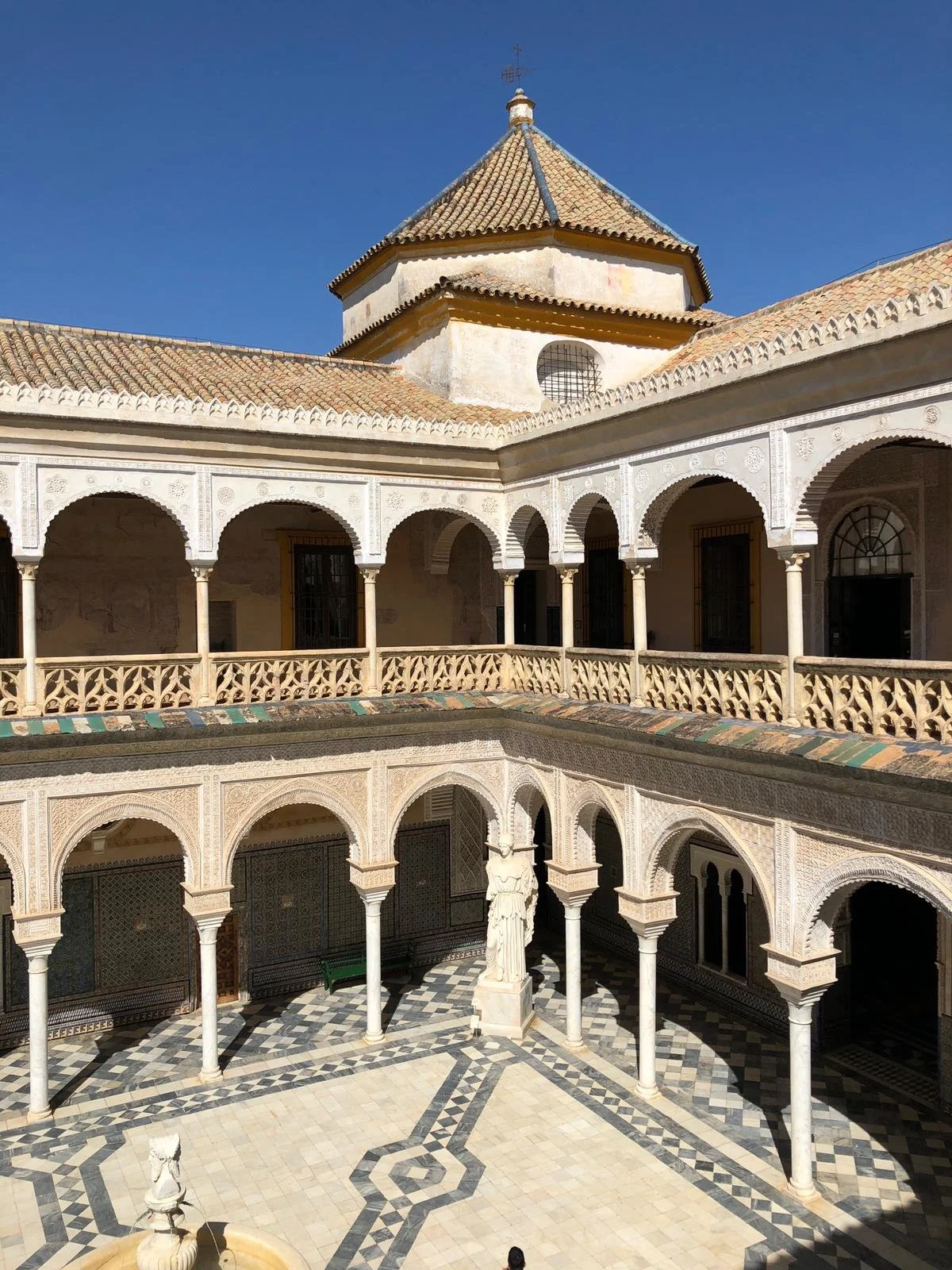
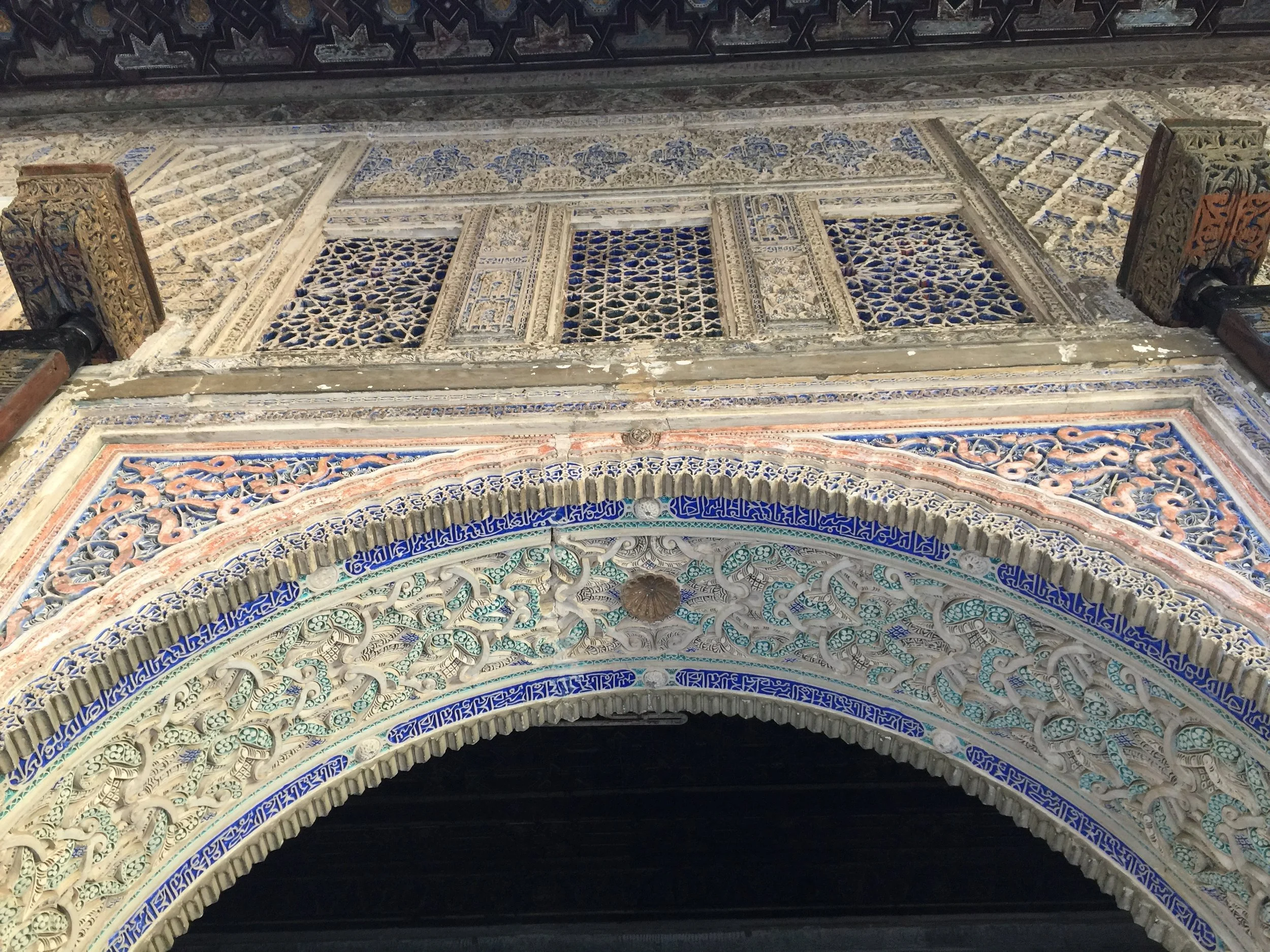
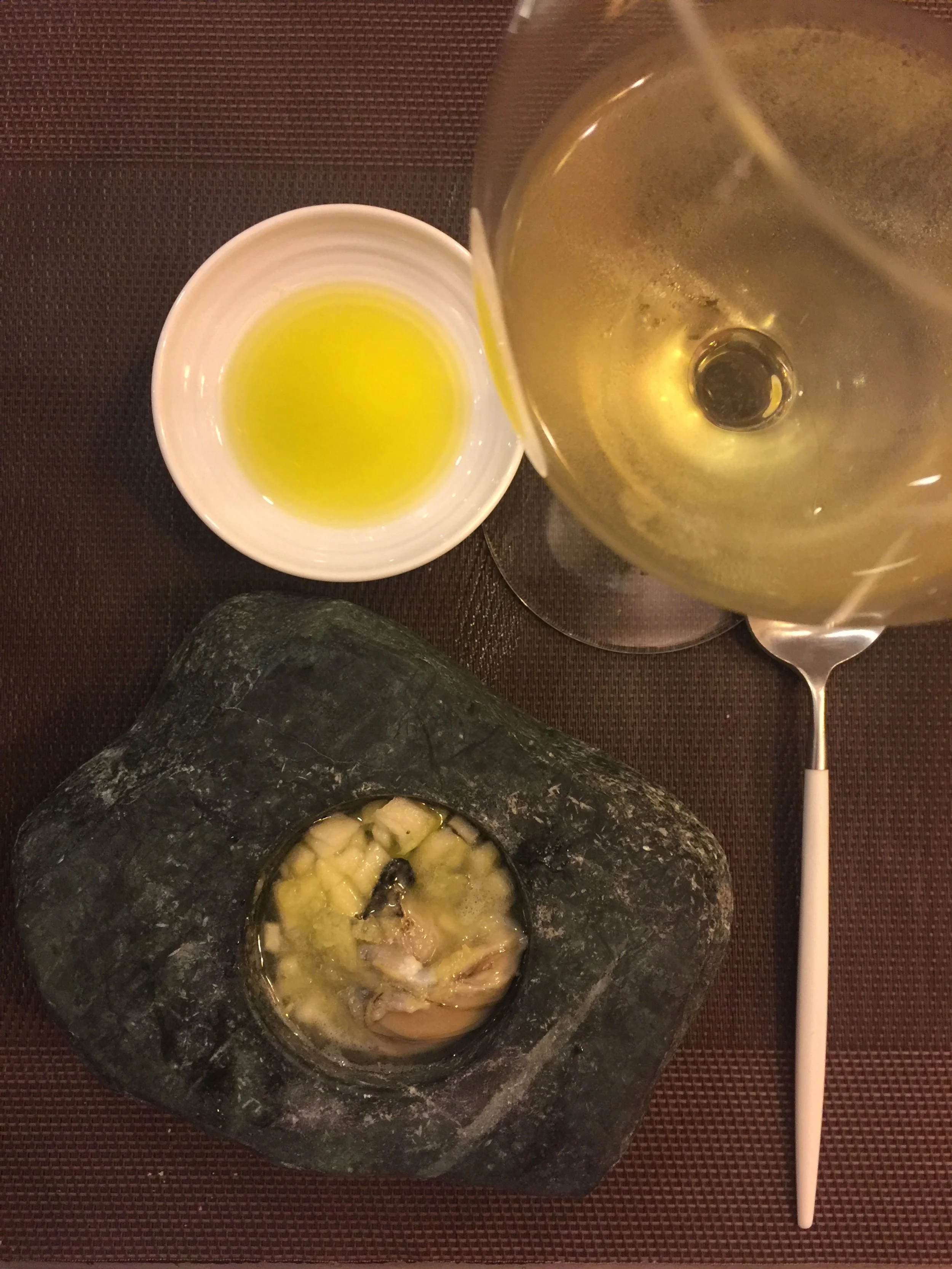
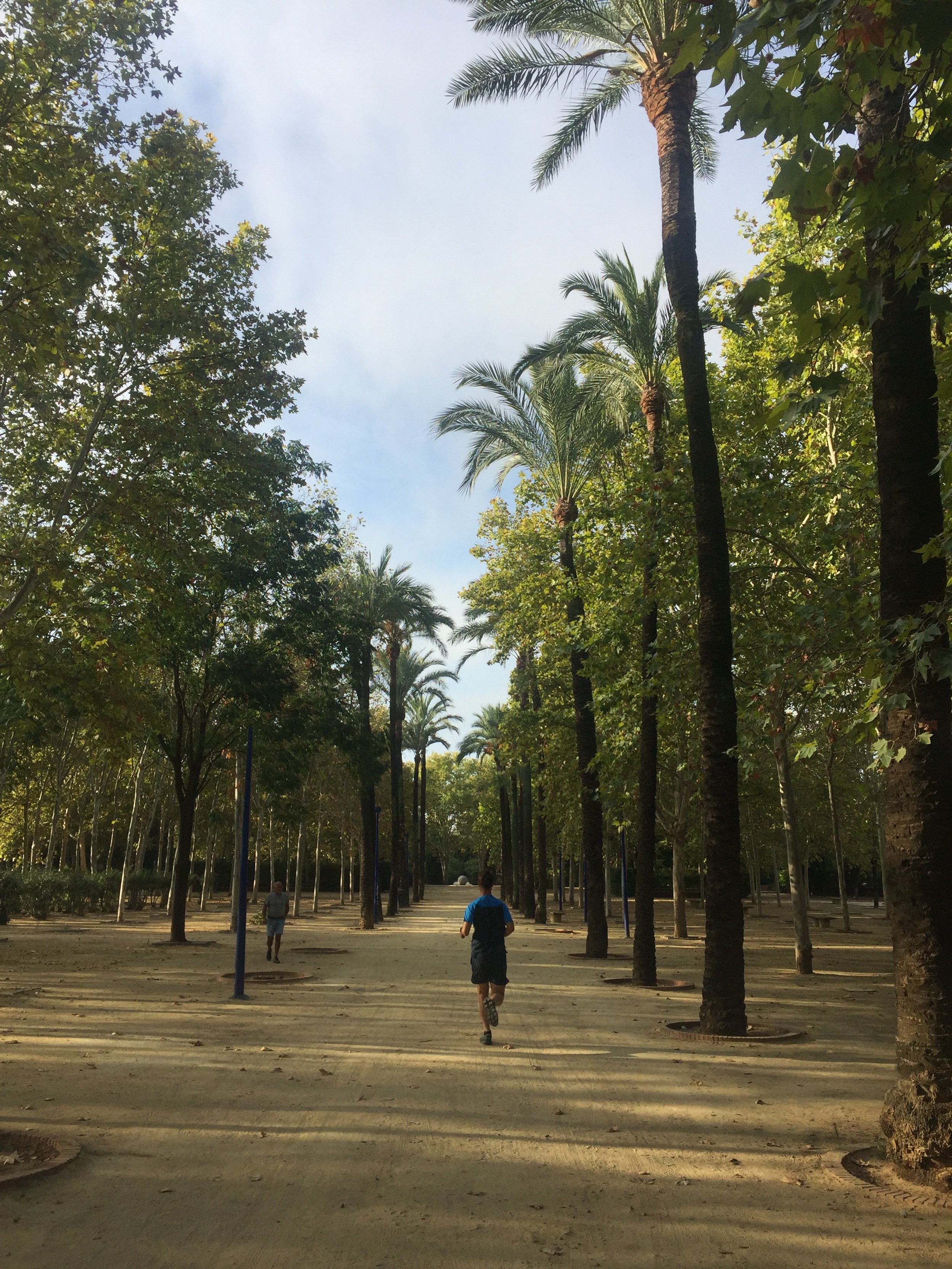
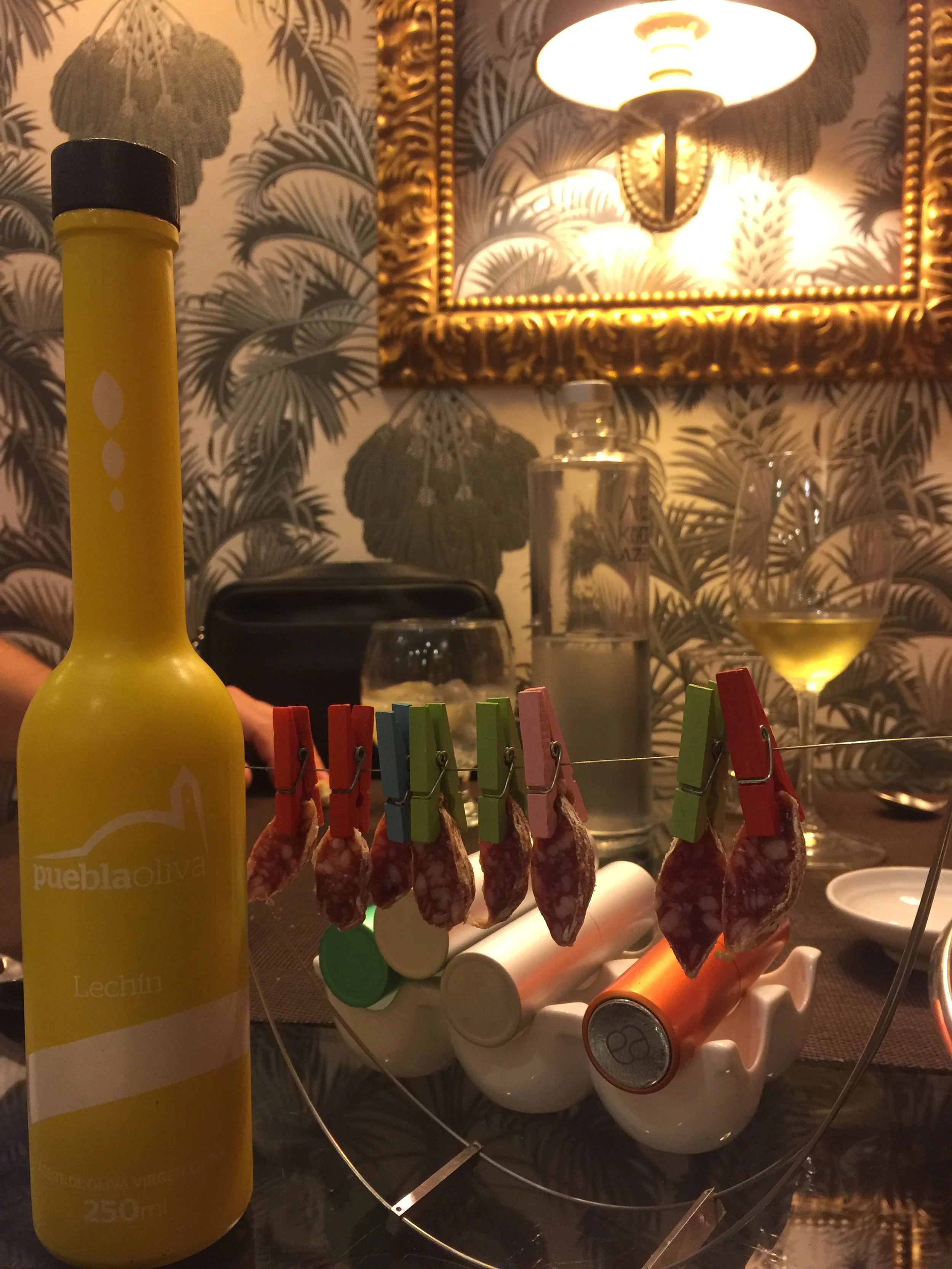
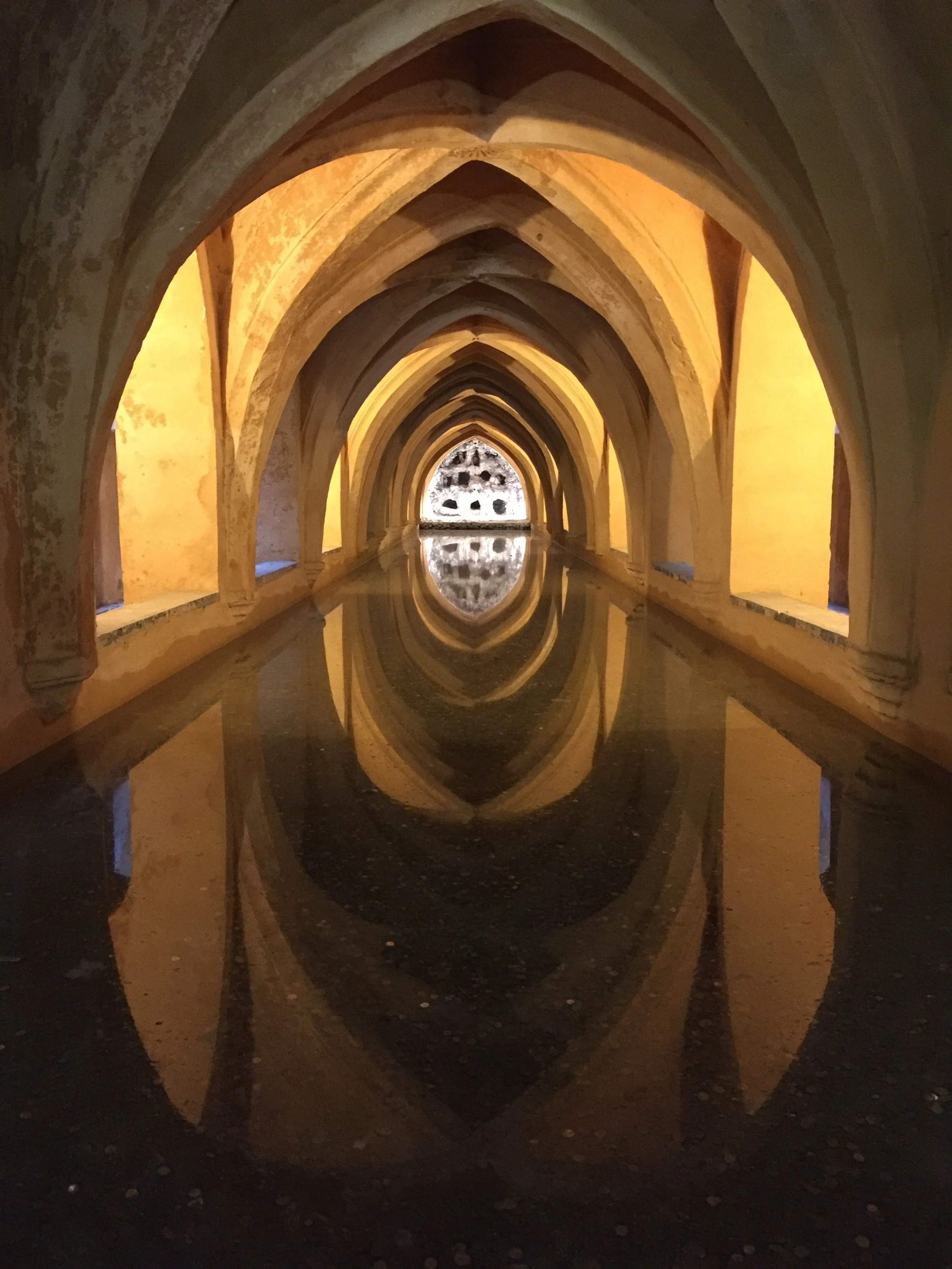
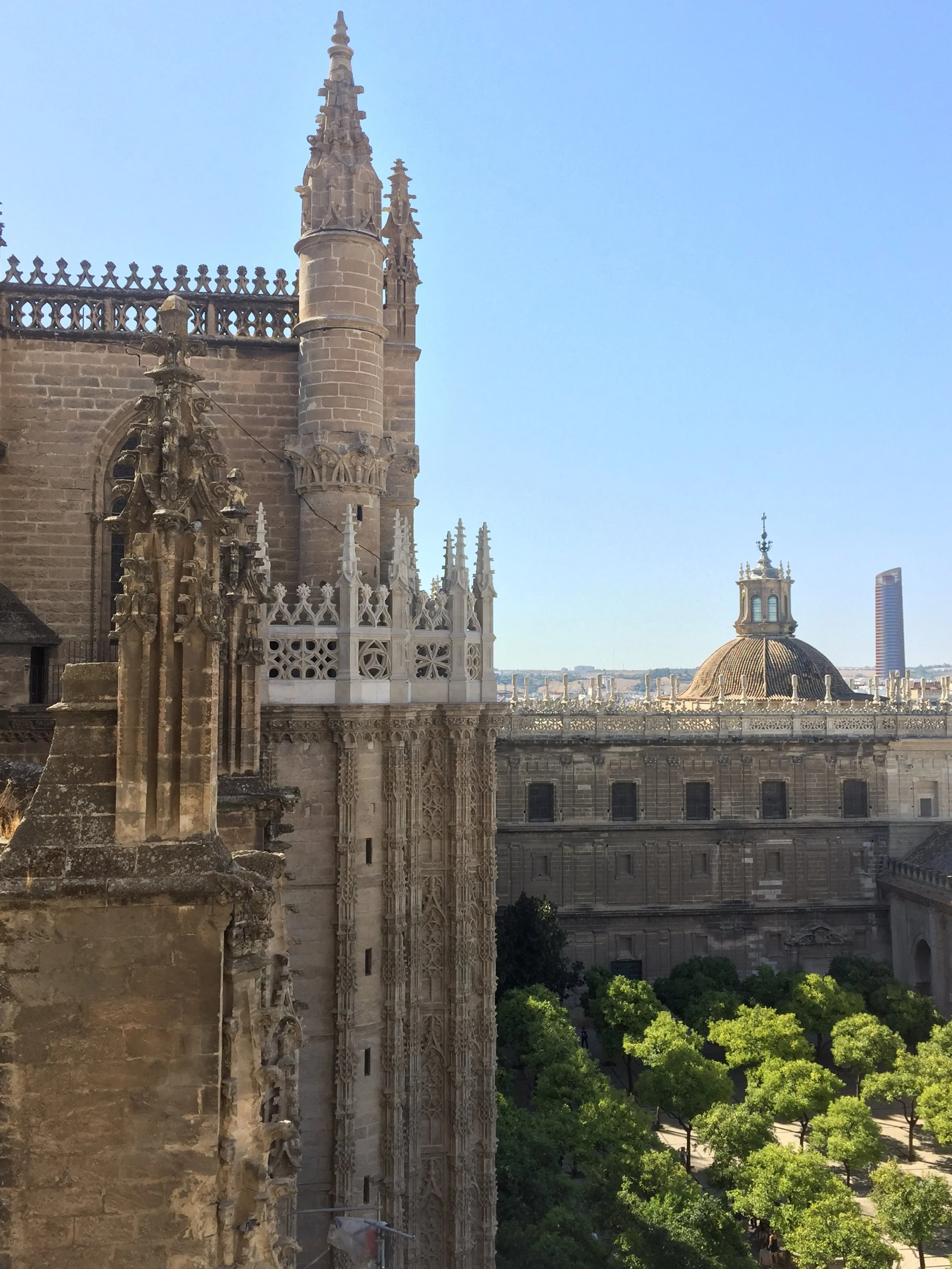
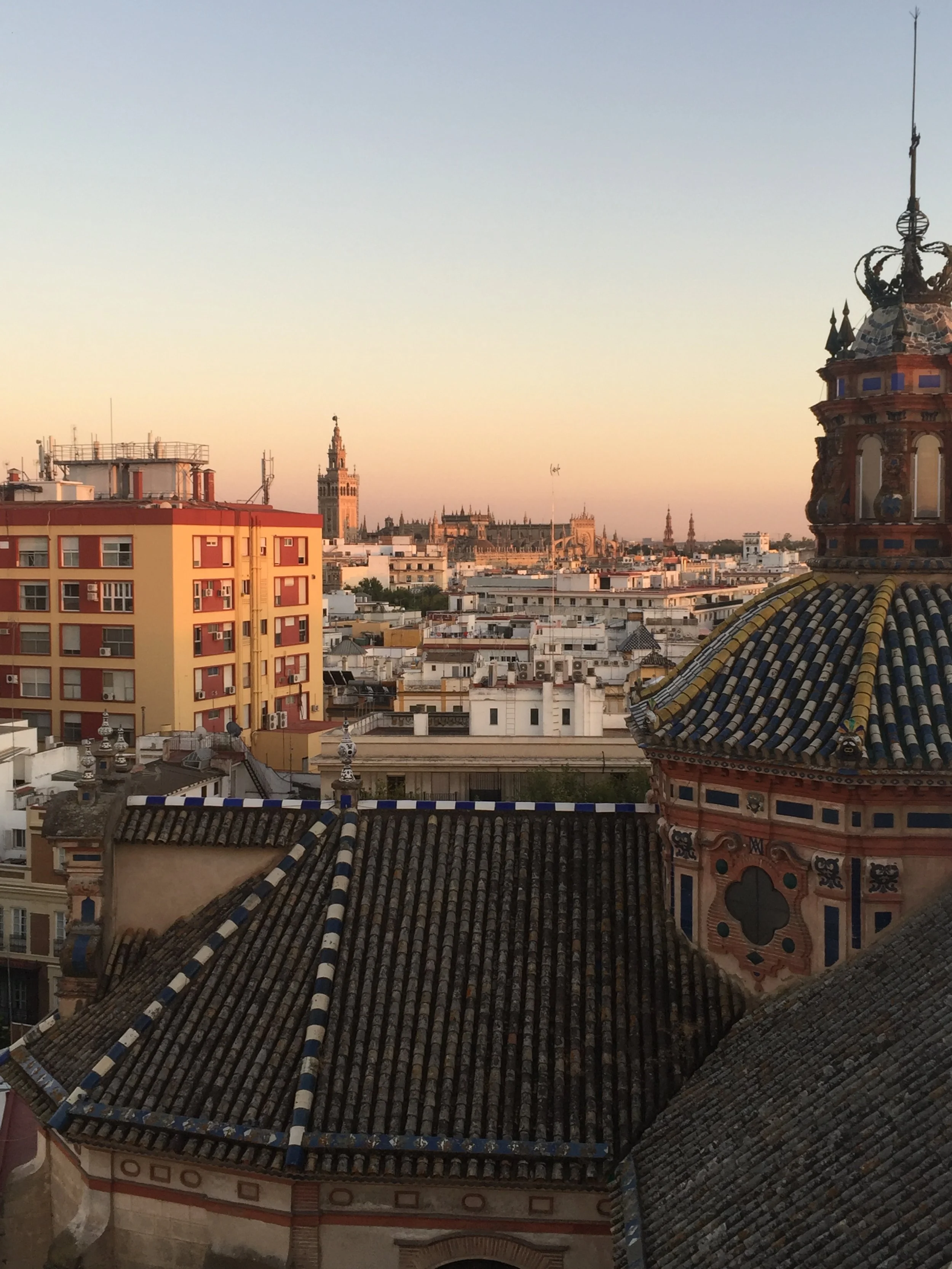
Ronda: A Dramatic Pause en Route to the Coast
On your way to the Mediterranean, pause in Ronda, perched spectacularly above its deep gorge. The Puente Nuevo bridge spans the chasm with monumental grace, linking the old and new quarters of the town. The surrounding hills, glowing in autumn’s light, make Ronda one of Andalucía’s most photogenic stops.
Not far from Ronda, the nearby village of Setenil de las Bodegas makes for another striking detour: Its whitewashed houses are built directly beneath massive rock overhangs, creating streets that disappear into stone - a dramatic contrast to Ronda’s cliff-top setting.
Just beyond the towns stretches a flourishing wine country, part of the DO Sierras de Málaga designation. Here, boutique bodegas produce elegant reds from Cabernet Sauvignon, Syrah, Merlot, and Tempranillo, alongside crisp whites made with Chardonnay and Viognier. Autumn is harvest season, the perfect moment to stroll among the vines, meet local winemakers, and taste vintages paired with regional olive oils and cheeses on a small group tour. Or customize a private tour according to your preferences and combine it with lunch at the Michelin-starred restaurant Bardal (2★).
Stay: If you wish to stay overnight, Hotel Catalonia Ronda is a great option, just steps from the Puente Nuevo, with a rooftop pool and 2 panoramic restaurants overlooking the countryside.

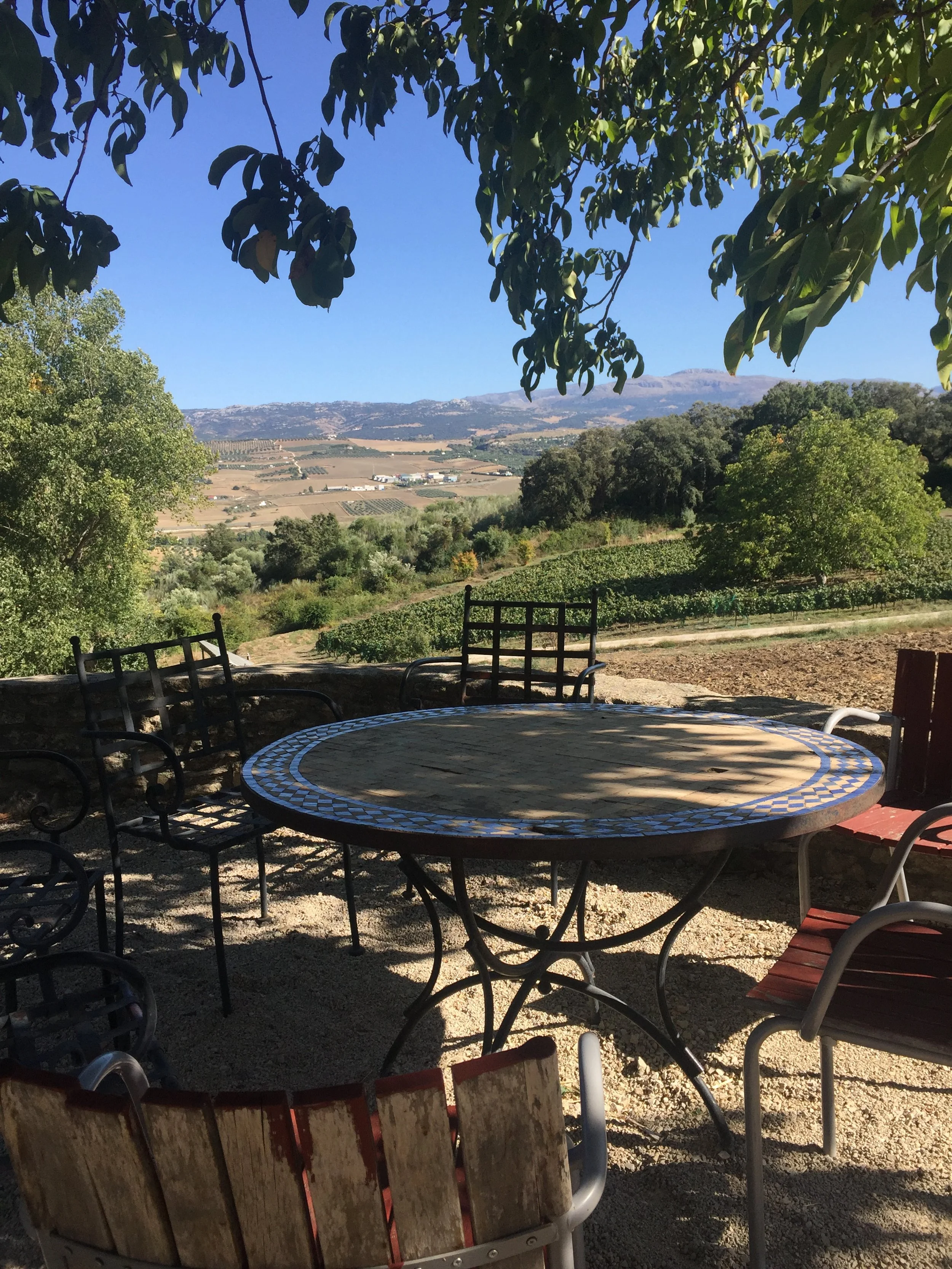
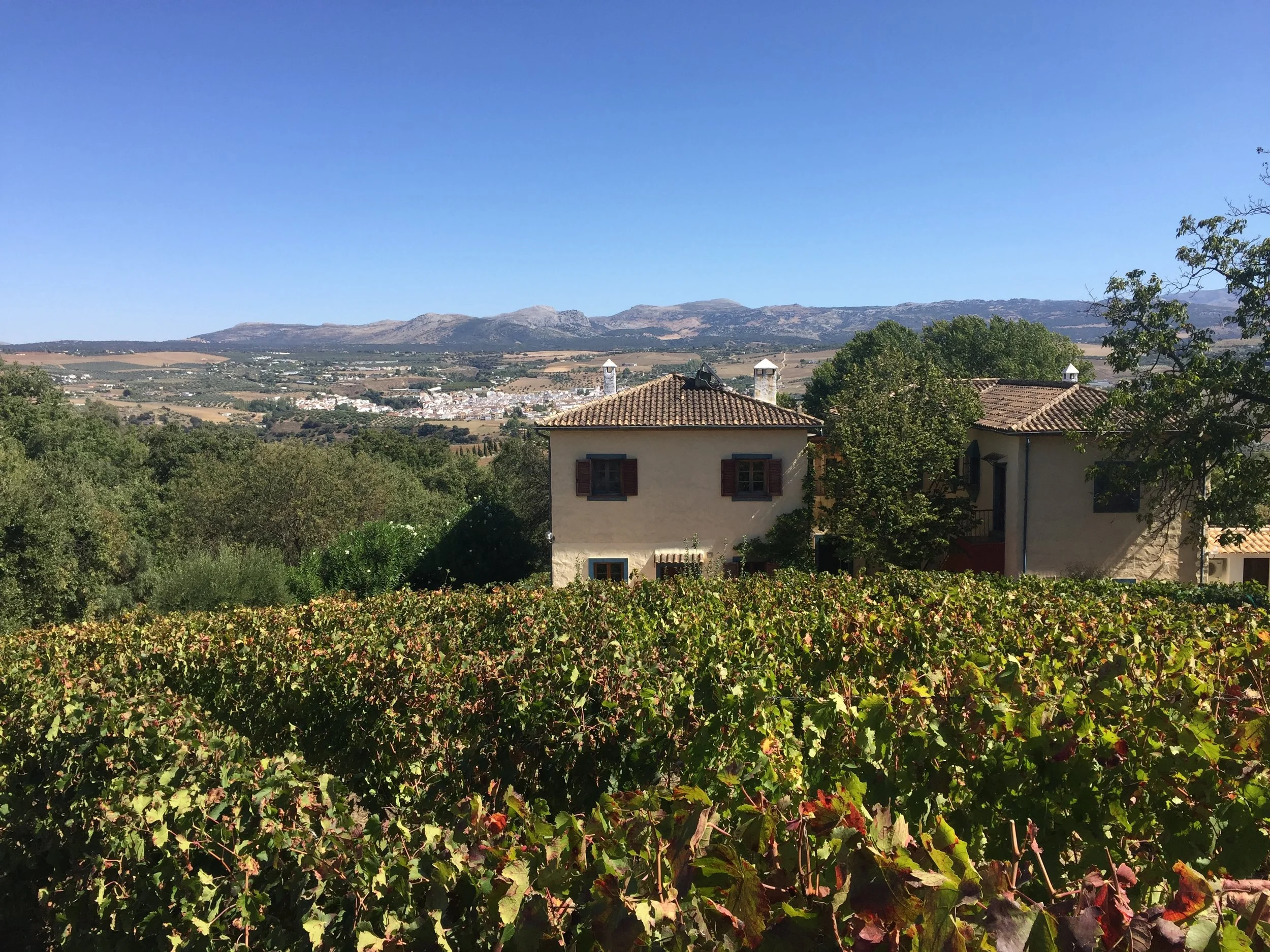
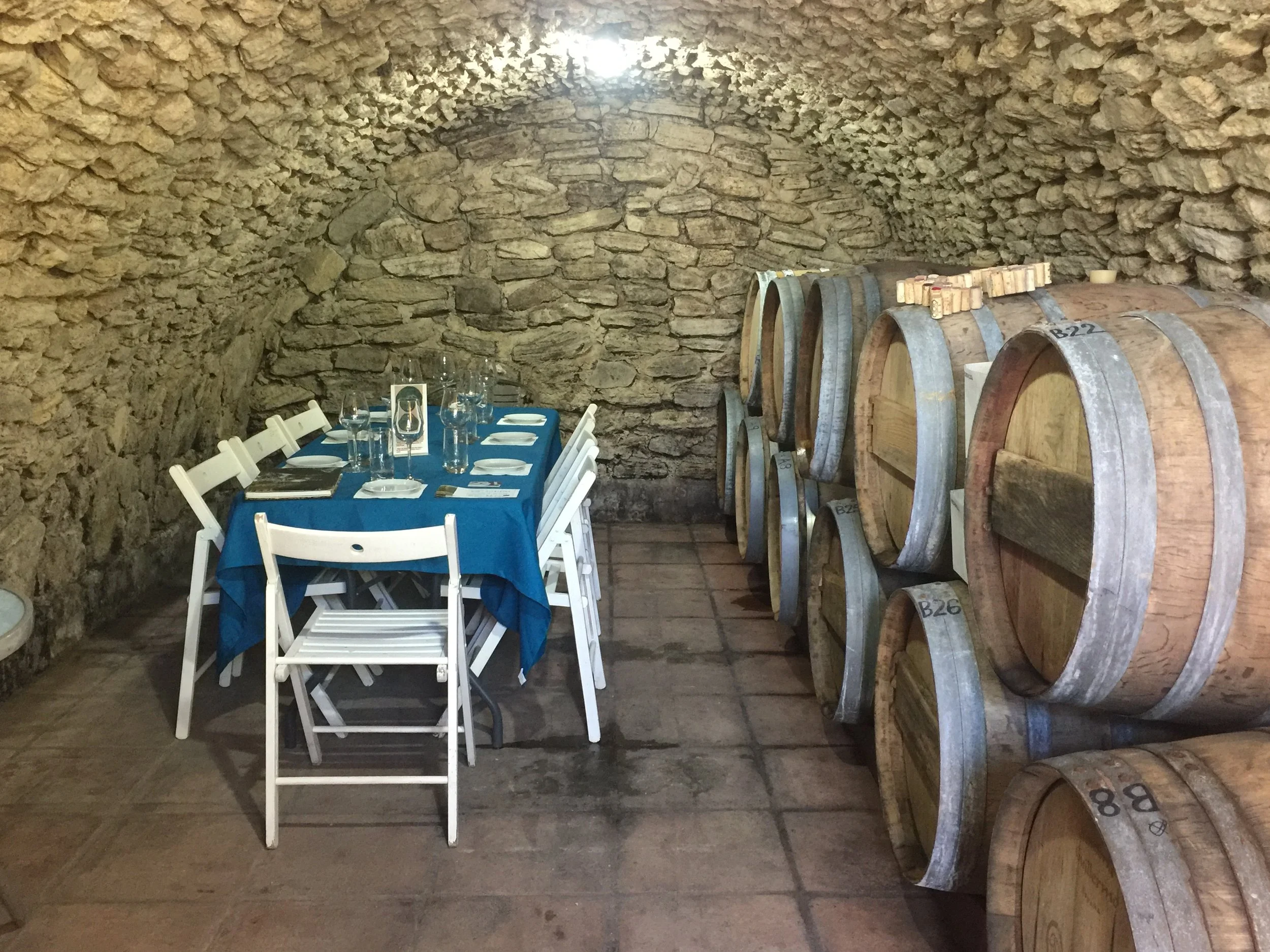
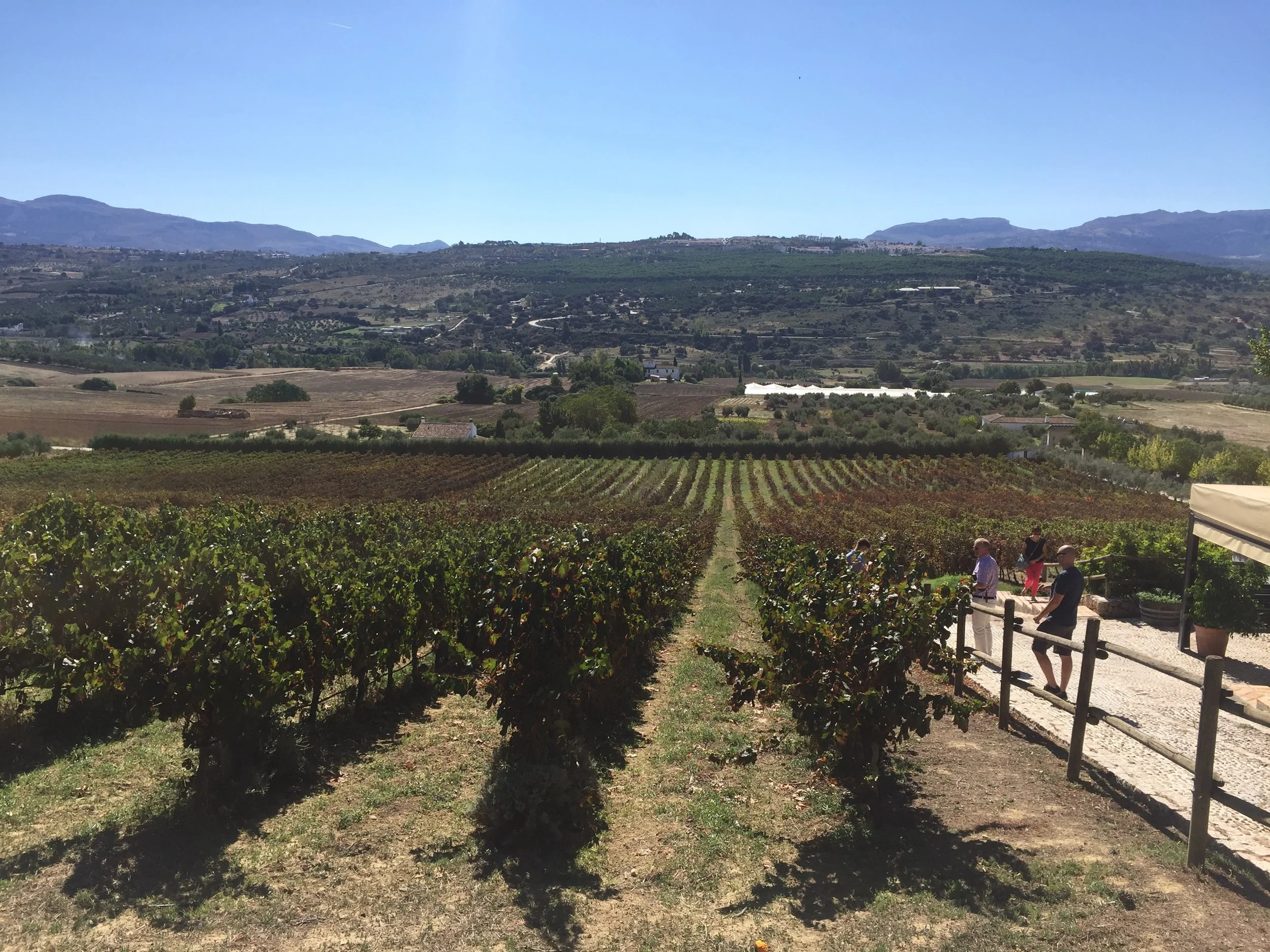
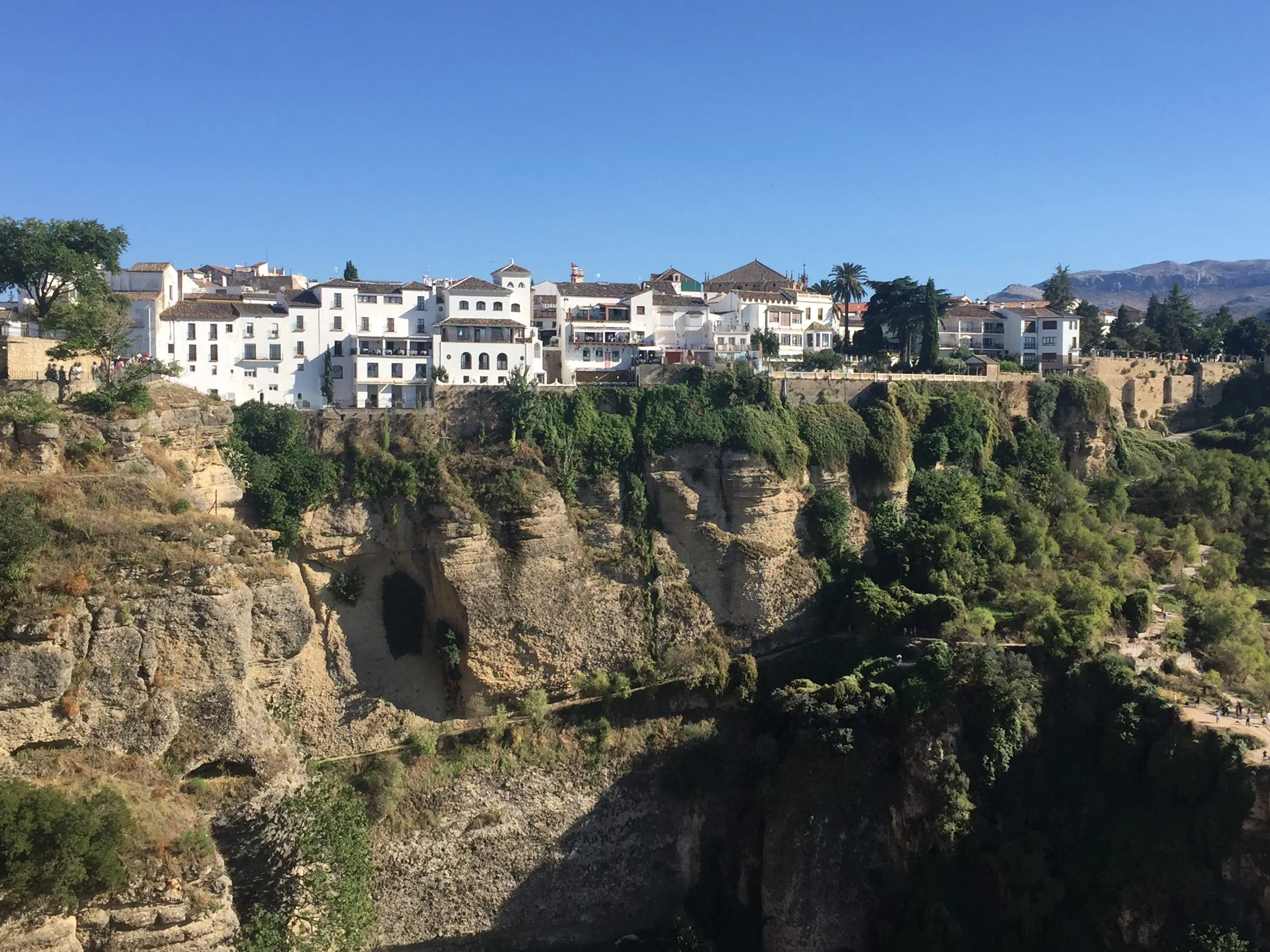

Marbella: Autumn by the Sea
Back at the coast, Marbella balances relaxed seaside elegance with just a touch of glamour. Autumn brings warm afternoons (22–23 °C / 72–74 °F), ideal for exploring the old town’s orange-scented plazas or strolling along the beach without summer crowds.
Nearby, Puerto Banús dazzles with luxury yachts, designer boutiques, and a lively café culture – perfect for a leisurely afternoon of shopping and people-watching, or simply enjoying ice cream on the marina promenade.
Stay:
Puente Romano Beach Resort – A true lifestyle destination on the Golden Mile. With more than 15 restaurants including Nobu, a Six Senses Spa, a legendary tennis club, and lush botanical gardens leading down to the sea, it blends Andalusian charm with world-class amenities. Equally appealing for couples, gourmets, wellness seekers, and families, it is Marbella’s most vibrant luxury resort.
Marbella Club Hotel – Timeless elegance and heritage on the Golden Mile. Once the private residence of Prince Alfonso von Hohenlohe, this boutique-style resort embodies understated glamour, with whitewashed bungalows and villas set in lush subtropical gardens. Offering a renowned Thalasso spa, wellness programs, and beachfront tranquility, it is the choice for those seeking refined, discreet luxury with a sense of history.
Dine at Skina (2★) for intimate haute cuisine, or Back Marbella (1★) for creative Andalusian flavors.
Marbella makes a fitting finale to your circle route. From here, Málaga Airport is just a 40-minute drive away, ensuring a seamless return.
Alternative Finale:
Gibraltar Peninsula
For those wishing to carry the journey to the very edge of Europe, an alternative finale lies further south at the storied Gibraltar peninsula. Here, the legendary Rock rises above the Strait where the Mediterranean meets the Atlantic — a place steeped in history and sweeping natural views.
Just north, where rolling hills meet the sea, lies a new icon of refined leisure: The Fairmont La Hacienda, one of Spain’s premier luxury golf and lifestyle resorts. With two championship courses, serene spa facilities, and panoramic views across the sea, it offers a final sanctuary for those who prefer to end their journey in quiet grandeur before departure.
From the Fairmont La Hacienda, Málaga Airport is just over an hour’s drive away, while Gibraltar Airport offers an even closer alternative for private or regional flights.
Andalucía in Autumn with Kids
Autumn is Andalucía at its most magical for families. The summer heat has eased, making city walks and countryside adventures comfortable, while the beaches still welcome play under warm sunshine. October temperatures average 22–24 °C (72–75 °F) by day and cool pleasantly at night. Olive groves are alive with harvest, migrating birds fill the skies over Doñana, and plazas glow under golden evening light.
This 10-day itinerary, beginning and ending in Málaga, balances culture with space, relaxation, and family-friendly stays. Of course, it can also be planned as a shortened circle route and most of the above mentioned hotels are family-friendly. However, with the hub approach around Finca La Bobadilla you avoid constant packing, unpacking, and multiple hotel check-ins – likely making travel easier for parents and more relaxing for children.
Málaga – Coastal Start
Stay: Gran Hotel Miramar GL
Pools, beach hammocks, generous family rooms.
Family-friendly highlights:
The Alcazaba, a Moorish fortress, feels like a castle from a storybook, with towers to climb, walls to explore, and gardens to wander.
Centre Pompidou Málaga at the port offers a Youth Space, toddler-friendly art, and nearby playgrounds.
Visit the Museo Picasso — admission is free for children, but note there are no kid-specific areas and no space to park strollers, so plan accordingly.
Days 3–6: Countryside Hub and Daytrips
Stay: Finca La Bobadilla (Leading Hotels of the World)
A countryside retreat that’s a paradise for children:
Kids Club, farm animals, and horses.
Kids pool and playground.
Expansive grounds to roam freely in golden autumn landscapes.
Helipad for quick transfers to cities or the coast.
From this hub, you can set the pace to match your family’s dynamics, with all the great cities and sights close enough to tempt you for day excursions:
Granada (1h drive)
The Alhambra, Nasrid Palaces and Generalife gardens, a fairytale of palaces and gardens.
In the historic Albaicín quarter, kids enjoy the maze of cobbled streets, hidden gardens, tea houses, and ice cream stops.
Córdoba (1h30 drive)
The Mezquita-Catedral, with its endless arches.
Córdoba’s patios, floral courtyards full of surprises.
Mercado Victoria, where everyone can pick their favorite food, surrounded by a park with playgrounds.
Ronda (1h20 drive)
The dramatic Puente Nuevo bridge spanning the gorge.
Short wander through the old town.
Setenil de las Bodegas: Nearby village where whitewashed houses are built beneath towering rock cliffs
For adventurous families with older children (8+), the Caminito del Rey can be added as a thrilling but safe activity on the way (~2–3 hours hike, 7–8 km, suspended nearly 100 m above the river).
Days 7–8: Sevilla – City & Nature Splendor
Stay: Hotel Alfonso XIII
Spacious rooms, courtyards, and a pool for downtime.
Highlights:
The Real Alcázar gardens, like an enchanted maze, full of paths, fountains, and hidden corners to explore.
Climb the Giralda tower, with ramps kids can easily manage.
A short, vibrant flamenco show - child-friendly in the late afternoon.
Doñana National Park (full day): A family safari through dunes, marshes, and forests to spot flamingos, wild horses, autumn’s migrating birds and if you are lucky even an Iberian lynx..
Days 9–10: Marbella – Seaside Finish
Stay: Puente Romano Beach Resort
Kids’ and teens’ clubs, heated pools, a treehouse, and kids tennis lessons.
Family-friendly highlights:
Time at the beach in autumn sunshine.
Strolling Marbella’s old town.
Ice cream at Puerto Banús, watching the yachts.
From Marbella, it’s just a 40-minute drive back to Málaga Airport.
Optional Extension – Gibraltar Peninsula
Stay: Fairmont La Hacienda (1h15 from Marbella)
Kids Club, playground, and heated pools.
Family-friedly highlights:
A family trip to the Rock of Gibraltar with monkeys, sea views, and historic tunnels.
Dolphin watching: The Bay of Gibraltar is home year-round to three dolphin species — common, bottlenose, and striped dolphins.
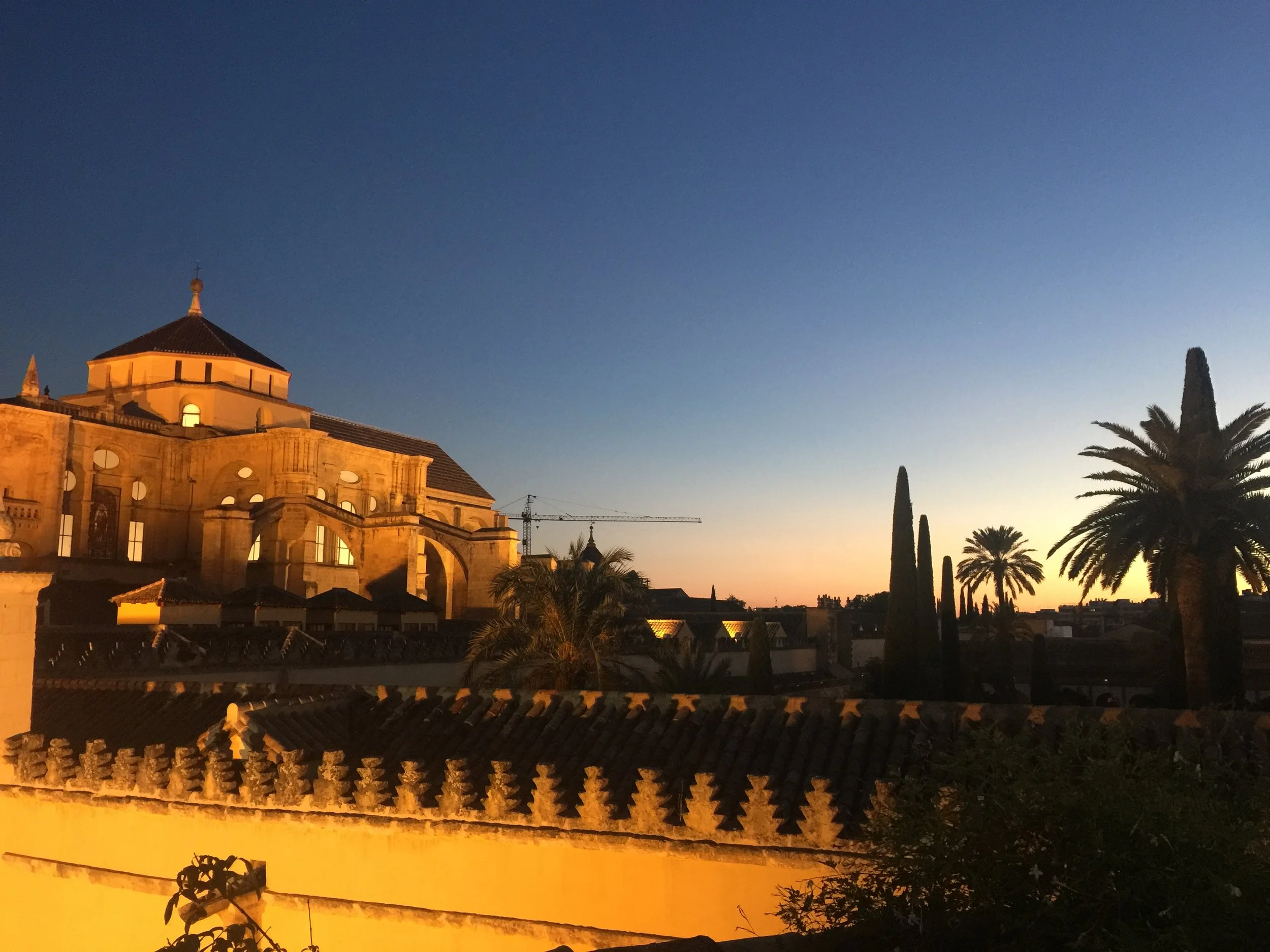
"If I could be in only one place in the world, it would be Andalusia."
Ernest Hemingway

